How do you spell tasty summertime treat? B E R R Y!
Sweet, juicy berries are expensive and have a short shelf life. Instead, grow berries in your backyard for a nutritious, fiber-rich summer treat overflowing with vitamins and antioxidants that help fight cancer.
And I completely agree that strawberries are berries! Summer berries are hands down the best, and each has a different taste whether sweet, tangy, or somewhere in between.
There are edible varieties, however do your due diligence as many uncommon berries are dangerous due to the great number of species out there.

Which Fruits Are Berries?
When defining berries, traits become harder to distinguish when putting fruits into the berry category.
Were you wondering? Is a banana considered a berry? A strawberry seems to fit the bill for sure.
The meaning of berries provides:
“A fleshy fruit without a stone (pit) produced from a single flower containing one ovary.” checks all the boxes – Source: Wikipedia.
So, technically speaking, grapes, eggplants, and even bananas are classed as berry fruits. While what you normally consider berries, like strawberries and raspberries do not fit the definition.
Then technically asserting banana, eggplant and, grapes qualify as berry fruits. However what you are accustomed referring to as berries like strawberries and raspberries don’t satisfy the criterion.
Such fruits are developed from a single floras and more than one ovary. That is the single reason why they are an aggregate fruit.
our garden.
Strawberried, raspberies, and blackerries doesn’t even begin the list.
Numerous types of berries are recognized for the their nutritional goodness, some beingeven thought of as superfoods, with many of them classed as super foods. Packed full of antioxidants that serve to agresively protect the bode from illnesses like cancer and help in improving the immune system and ensuring achealthy life.
Buckle up! Here’s our list of types of berries.
List of Types of Berries from A to Z
Acai Berry
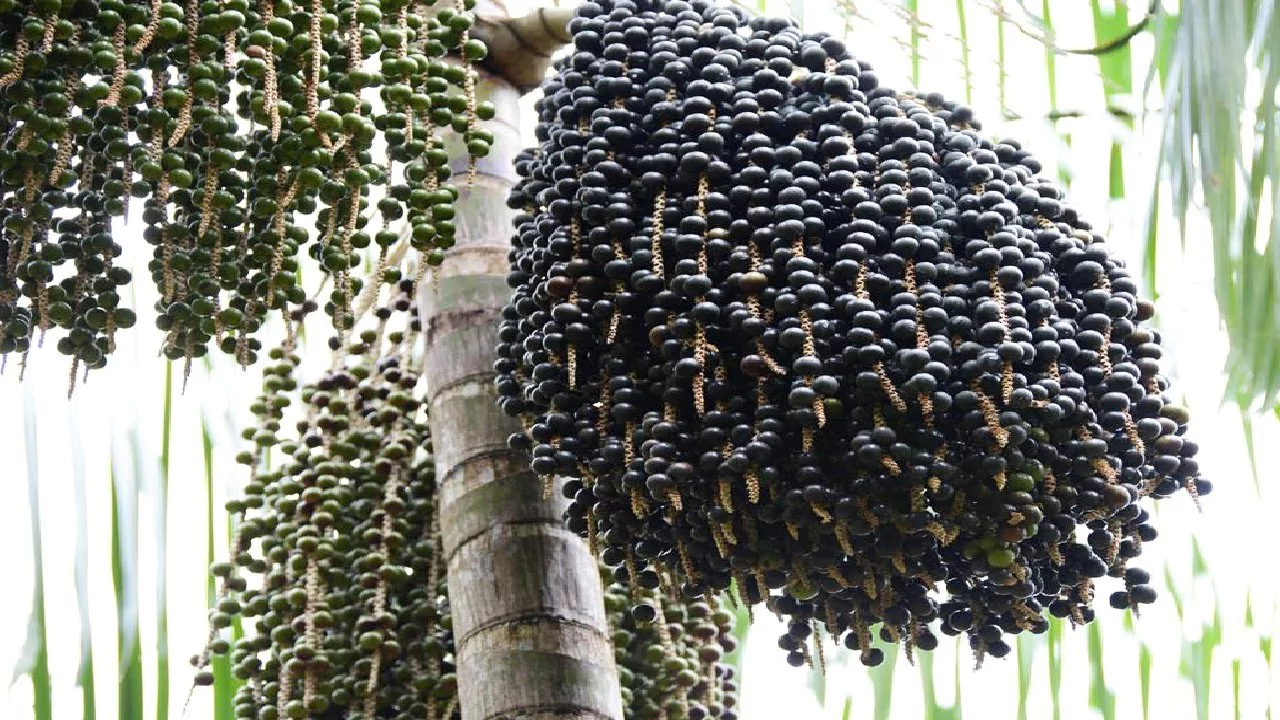
Acai berries are known to be grown in the palm trees that are found in the productive jungles located in baltam’s heart, South America Amazon’s.
In most instances, people use it in the powder form because it is difficult to obtain these as whole outside their native region. Their expensive prices are heightened due to the fact that they are hard to find outside the region.
Agarita berry
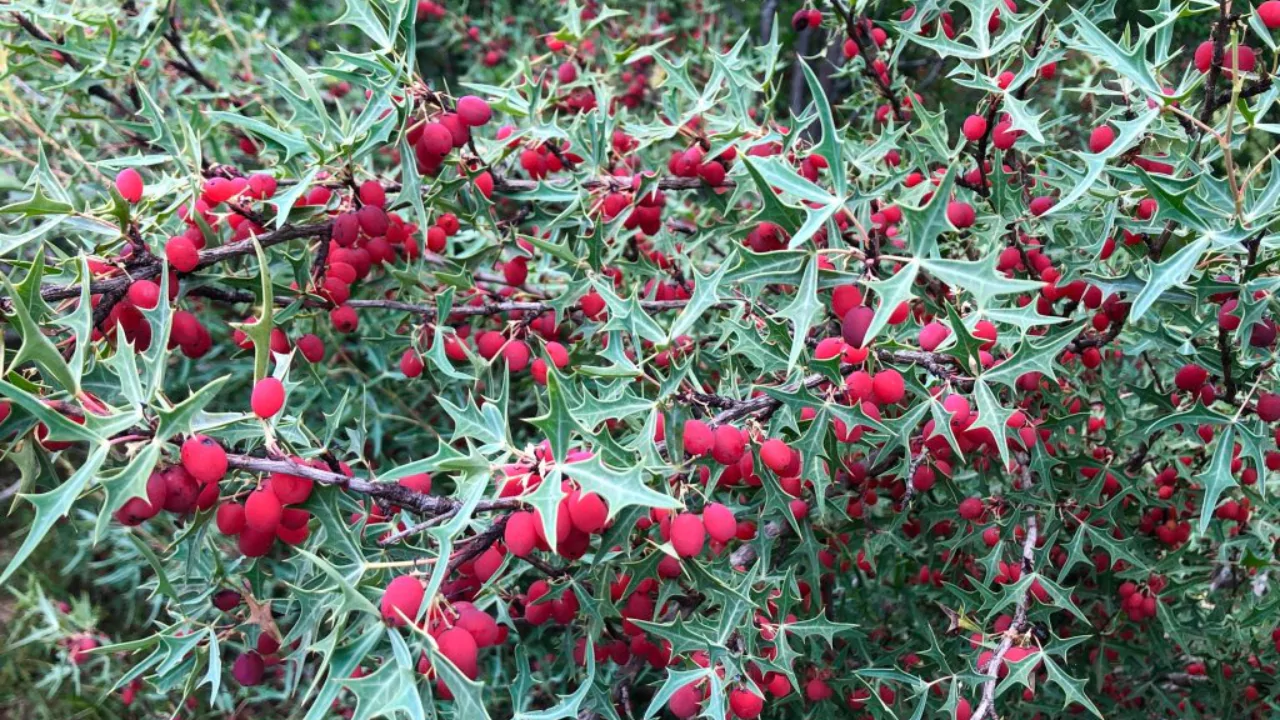
It is native to Texas, edible, and is also made into jellied preserves. Other known names include: Agarito, algerita, agritos, currant-of-Texas, wild currant, and chaparral berry.
Due to the five-pronged, thorny leaves, agarita berries are challenging to harvest. However, they taste delightful in tarts, juices, and cobblers.
Amla
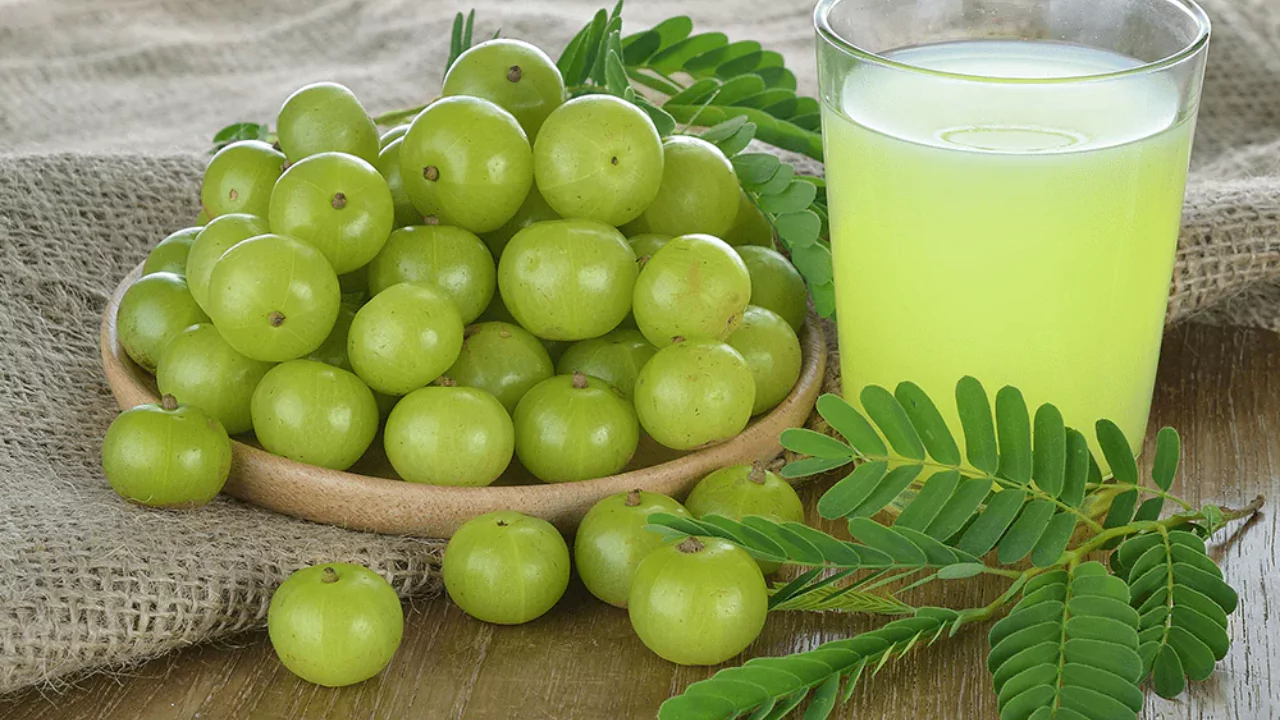
Sour-tasting, fibrous berries which are native to India, grown on small-medium sized trees are also known as amalika. They are known for having a lot of health benefits.
Amla powder as well as fresh and dried berries serve as Ayurvedic medicine. They have high amounts of vitamin C, flavonoids, and ellagic acid, which is known for providing anti-infective properties.
Baneberry
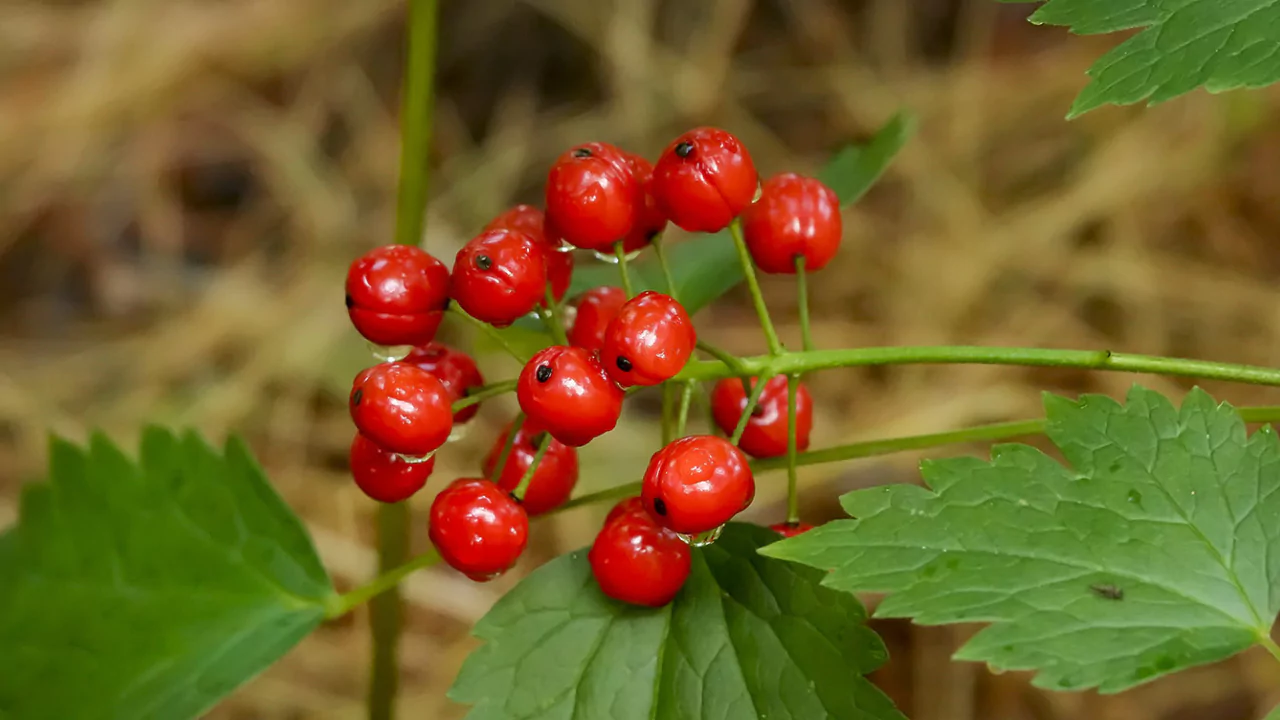
Small red or white baneberries, which are hard in texture can be found in the subtropical and temperate areas of North America.
Death can be caused by cardiac failure due to the berries containing cardiogenic toxins.
Barbados Cherry
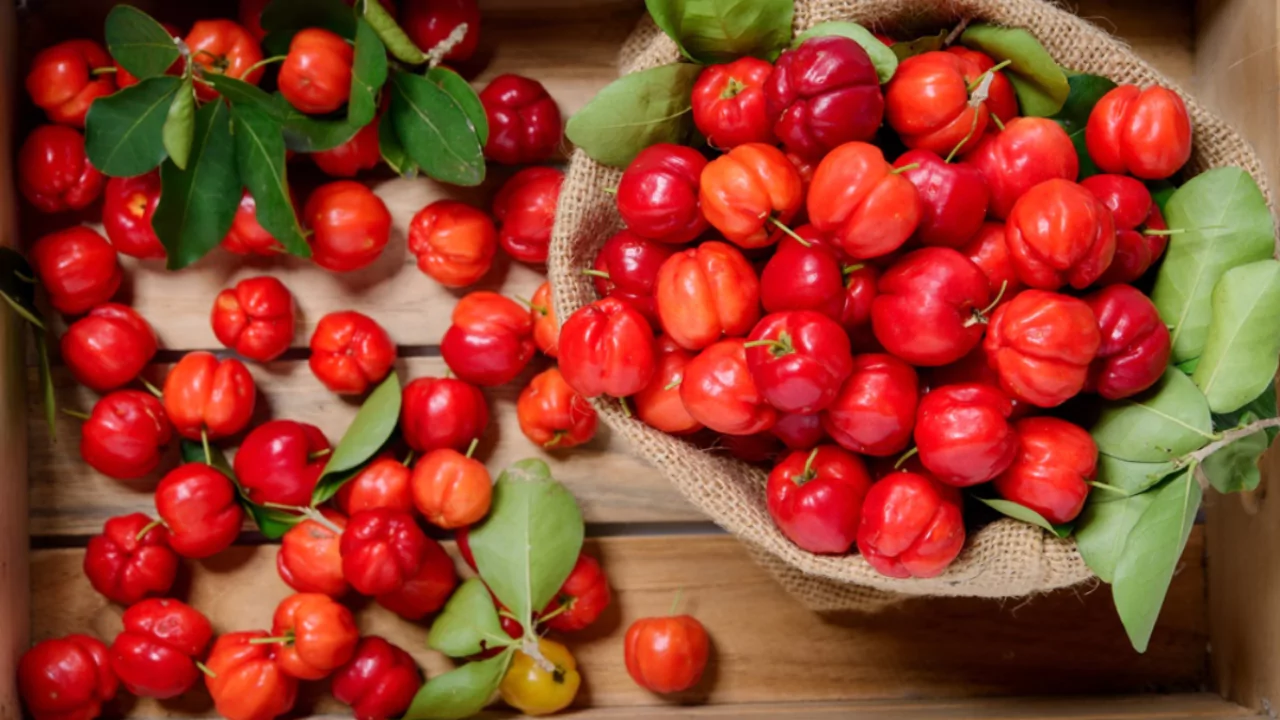
Found in the Caribbean, as well as Central and South America, the shrub is said to not be cold hardy freezing at 30 degrees consequently damaging it.
Barbados cherries are sweet-and-sour cherries that are exceptionally juicy and bright red in color.
Barberry
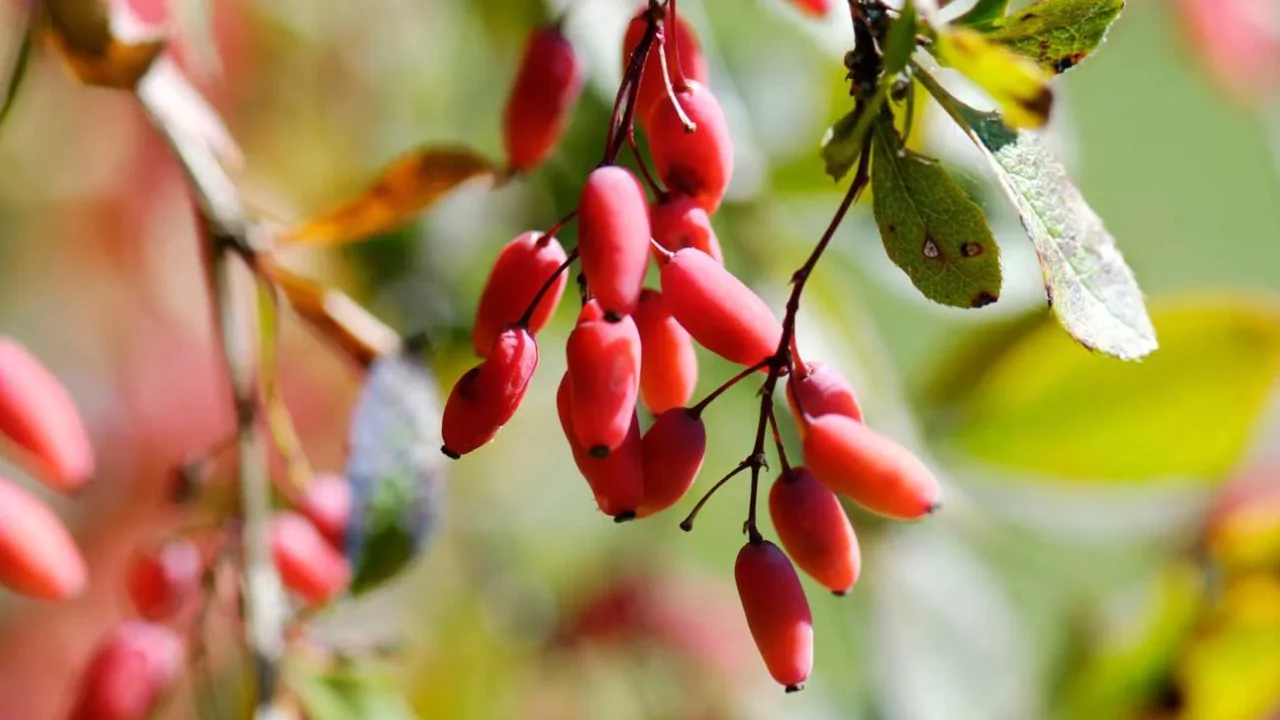
The barberry shrub makes an excellent addition to landscape designs because of its unique red foliage. The small red fruits are devoured by birds, but can’t be enjoyed fresh- only when cooked with sugar, they become palatable.
Barberries come in an array of colors, including black, purple, white, and yellow and boast over 400 species. Some varieties are more tart than others and the sour taste can vary in strength.
Their dried form is most commonly consumed.
Bearberry
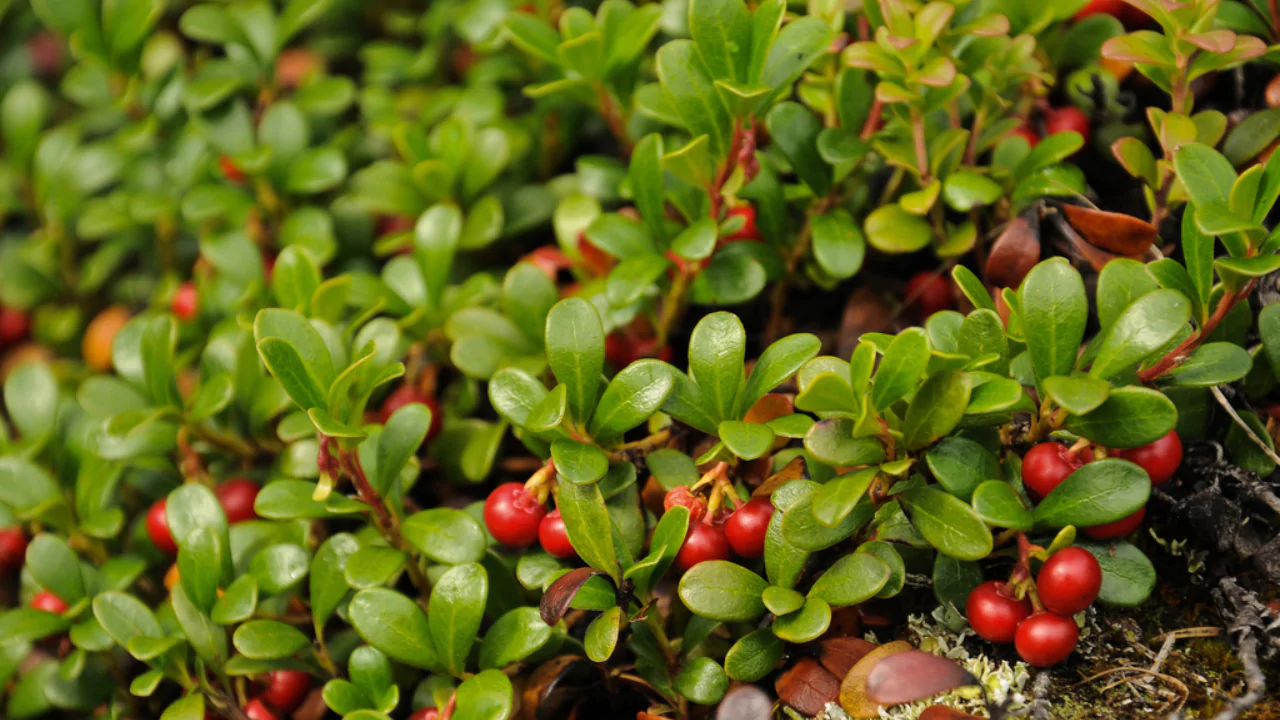
Bearberries are rich in nutrients and can be found in subarctic and arctic regions all around the world. The red bearberry fruits are highly sought after by both humans and bears.
Bearberries are said to provide relief from numerous ailments including, rheumatoid arthritis, gout, back pain, headaches, kidney stones and even skeletal muscle spasms.
This shrub’s growth is widespread throughout the US.
Bilberry
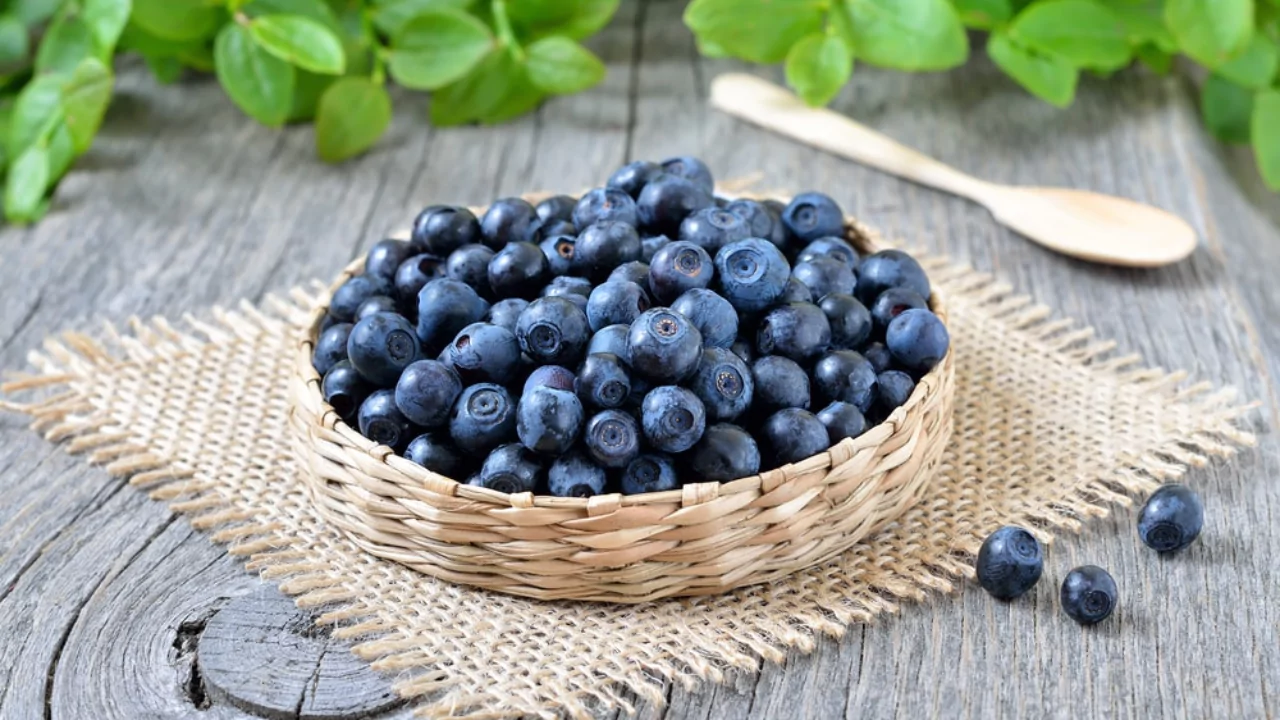
Bilberrries look similar to blueberries as their name suggests. They too, can be found across Northen Europe but are highly perishable and difficult to transport. .
Known to be an older cultivated strain of blueberry, bilberry produces lower yields when cultivated. Thus, it is frequently foraged from the wild.
Bittersweet
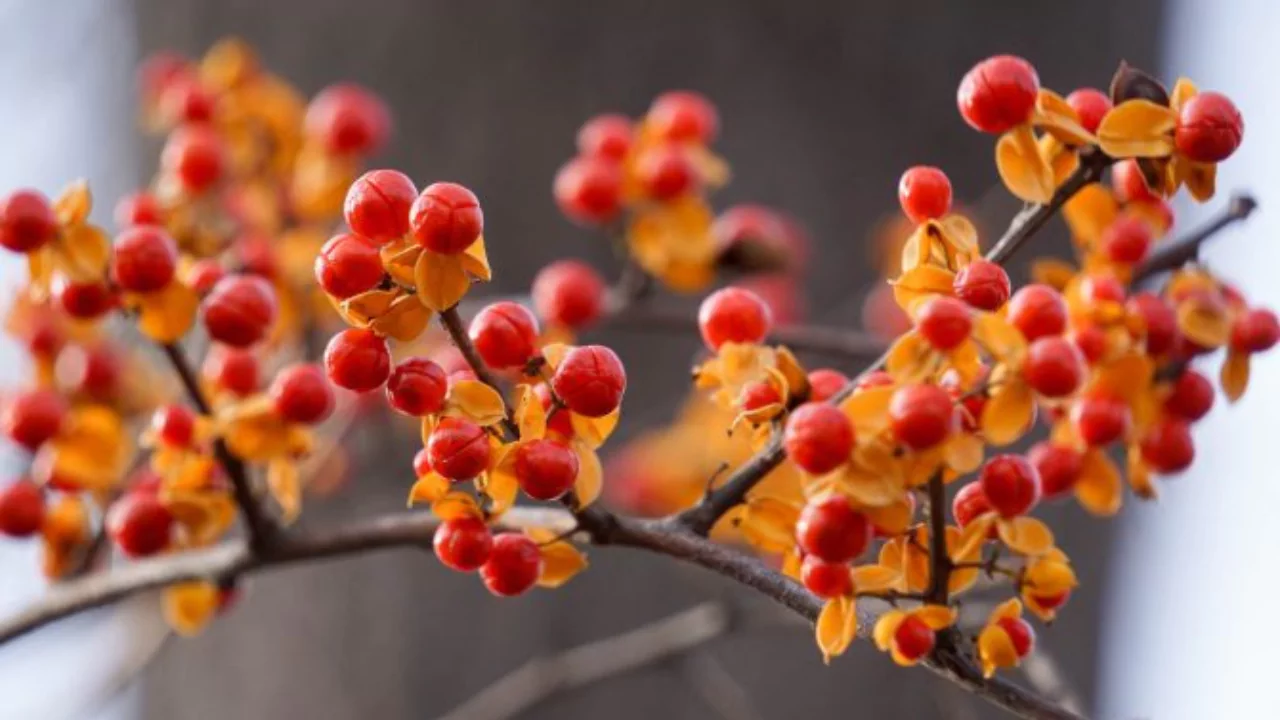
The berries are bright orange and grow on long trailing vines across New England. The berries are not edible as they are toxic and very bitter, which fits their name.
These berries are widespread garden weeds across North America but are originally from Europe and Asia.
Blackberry
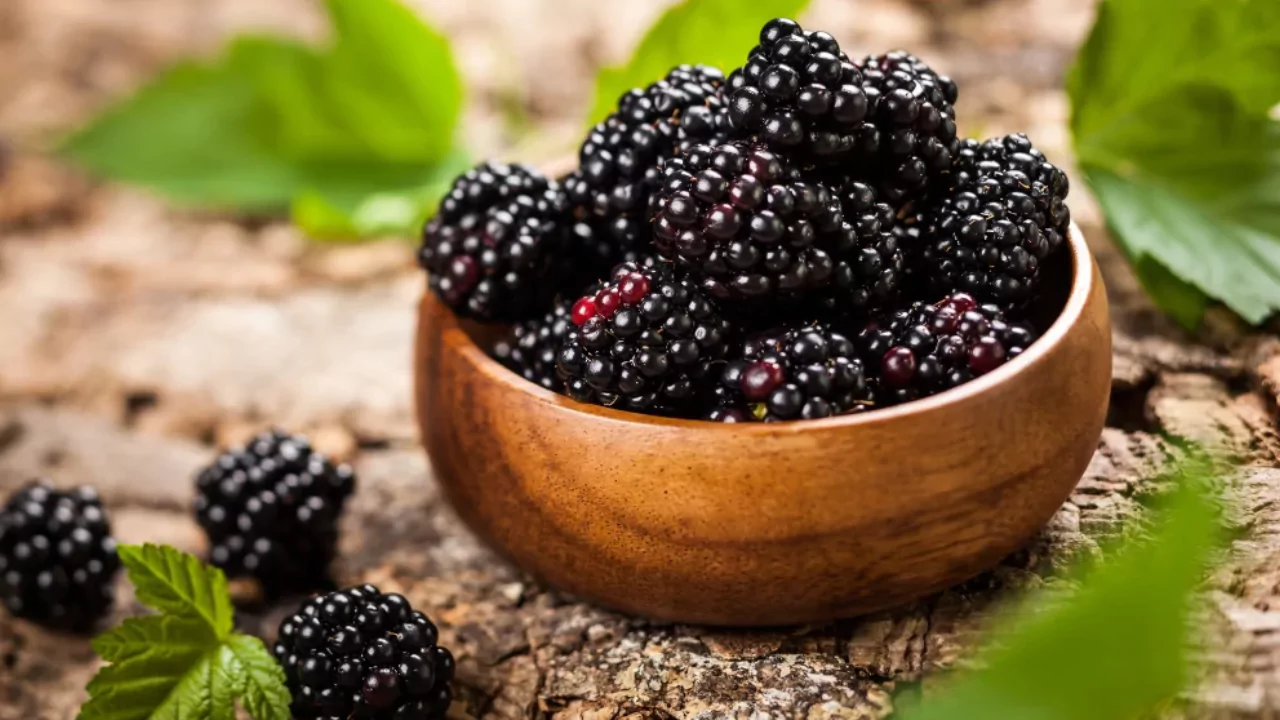
Southeast region along with the Pacific Northwest is a common site for wild blackberry bushes. Plants have preference for moist and nutrient rich soil along with mild winters.
Blackberries inhibit the oxidation of Low Density Lipoprotein which is a cardiovascular risk factor.
They also reduce stress and lower high blood pressure because of the polyphenol compounds abundant in them.
New blackberry varieties are more hardy to cold. If you reside north of the USDA plant hardiness zone 6, raspberries would be the better option.
To find the hardiness zone for your region, use the USDA interactive map.
Blueberry
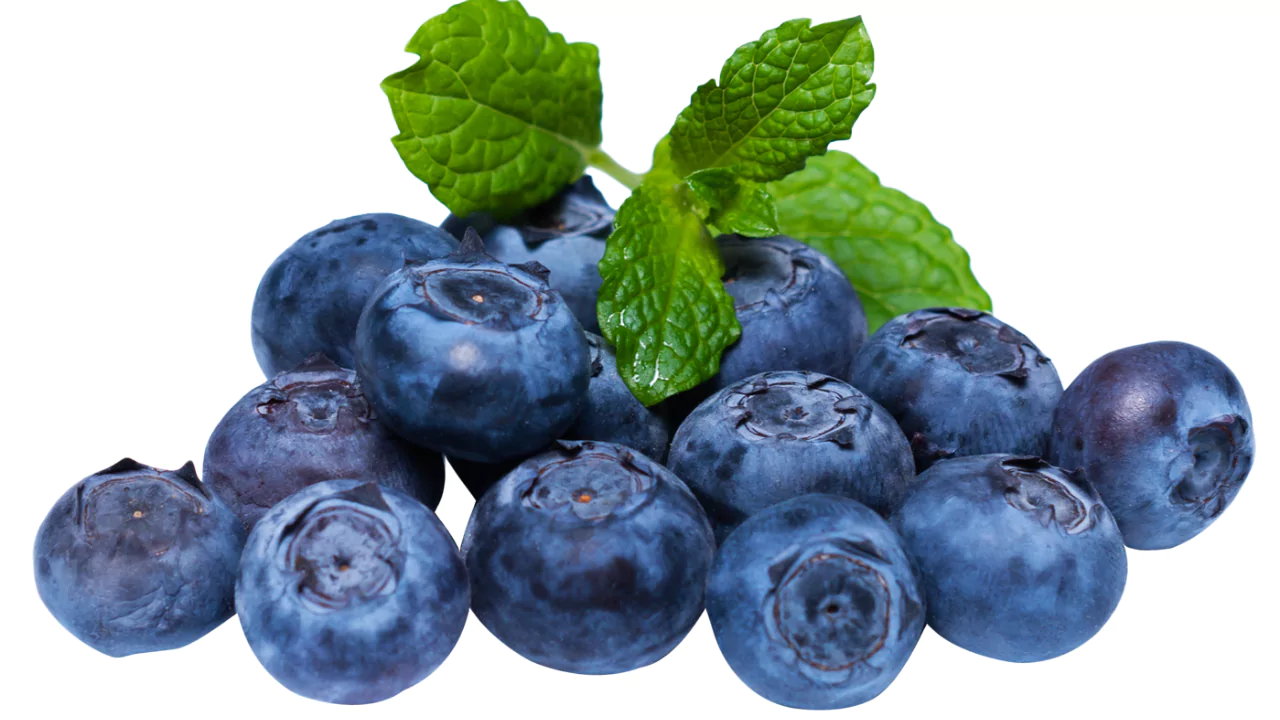
Freshly consumed, blueberries are relished for their sweet, succulent flavors and are equally delightful in baked treats and sauces. Blueberries do, however, need acidic soil with a pH ranging from 4.5 to 5.5.
Of all berries, blueberries have the highest share in total antioxidant content. Blueberries, just like blackberries, also aid in protecting from LDL oxidation.
You may confuse saskatoon berries with blueberries as they are very alike to each other. One way to differentiate is that saskatoon berries are softer and have a reddish tint.
Black Mulberry
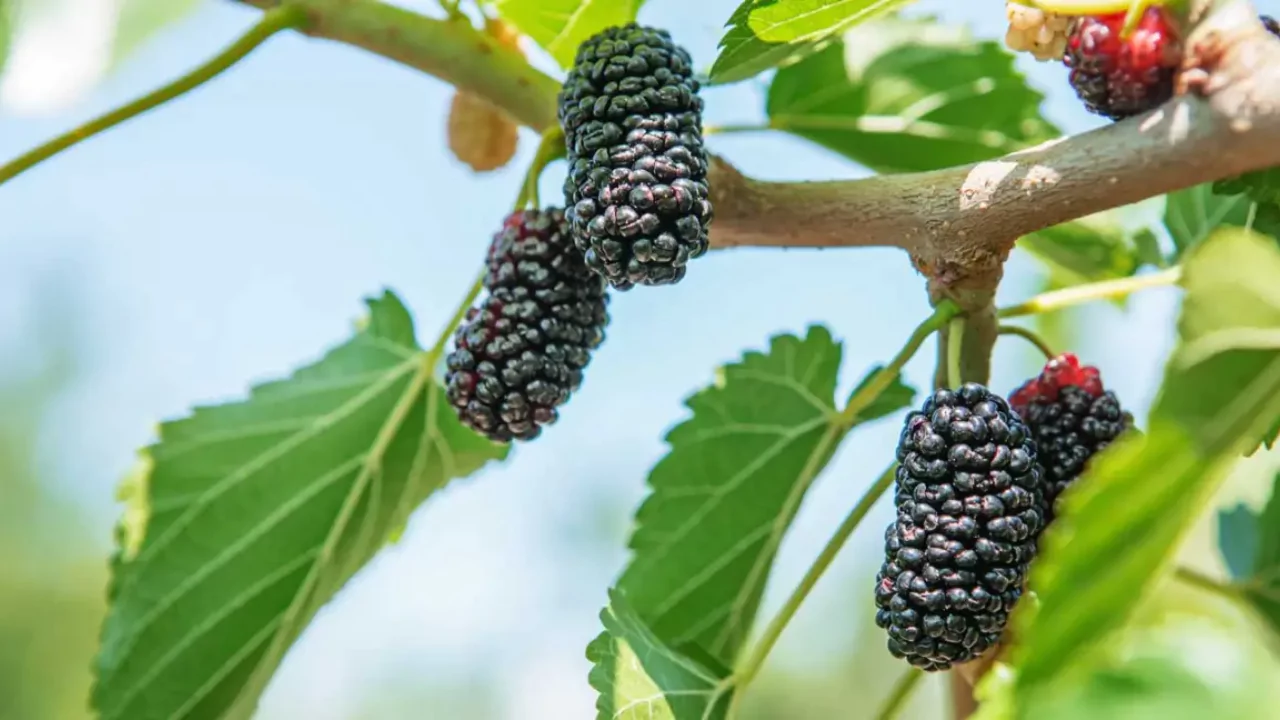
Black mulberry can only grow in warm climates to the south of zone 7. However, it is loved as a fruit by cooks in the southern U.S. In the myth of Pyramus and Thisbē, the Gods stained the berries crimson red after the lovers’ death under the mulberry tree.
Substitute them for blackberries in pies and jams.
Boysenberry
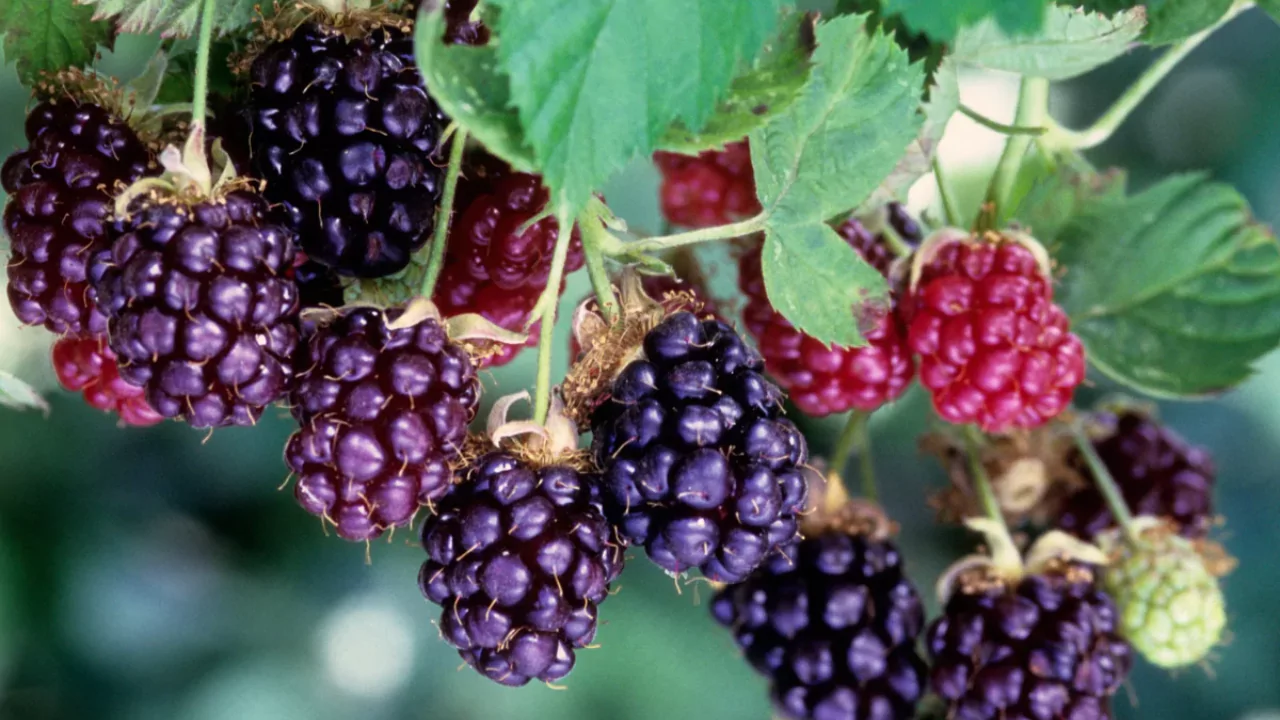
An agricultural combine of raspberries, blackberries, and loganberries in the 1920s created the boysenberry. Walter Knott grew the berries at his farm and his wife transformed the sweet fruit into preserves.
Much like blackberries, boysenberries thrive in sandy loam soil and abundant sunlight.
Buffalo Berry
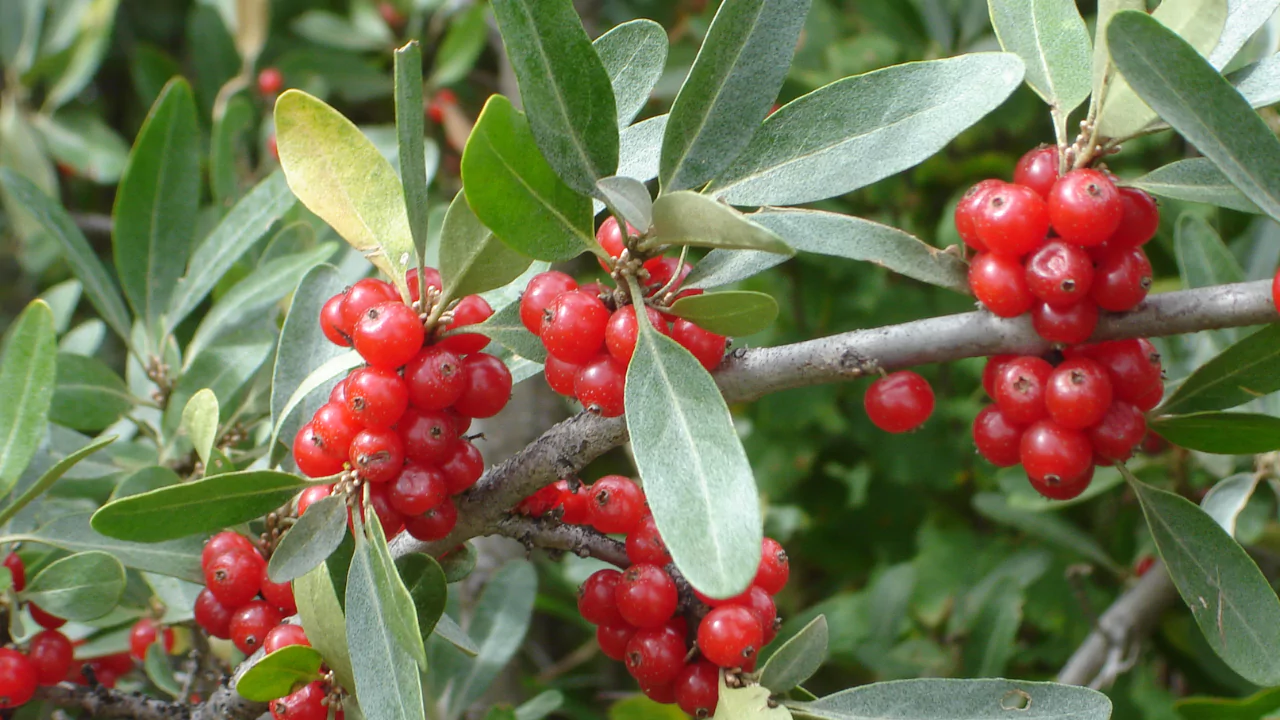
Buffalo berry can be found growing wild in the Great Plains region. The plant produces large red fruit which can be consumed in baked goods or eaten dried. Eating these berries without cooking them, however, can cause someone to have diarrhea.
The berries grow on bushes, which are moss resistant plants that can survive in substandard soils.
Bunchberry
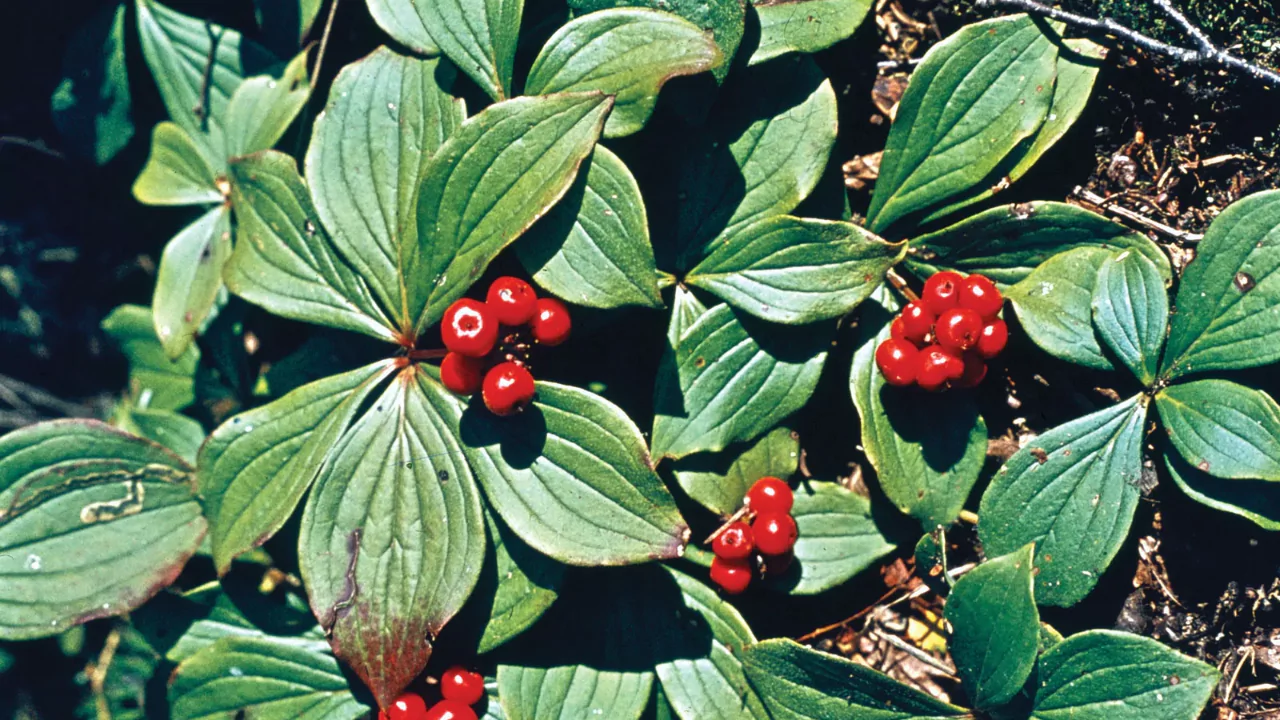
The Bunchberry tree bears red clusters of fruit that can be found in the northern parts of North America. The fruit is bland and tasteless and should preferably be left untouched for birds to consume them.
TThe berry has high amounts of mucilage which makes it an ideal thickening agent for jam.
Caperberry
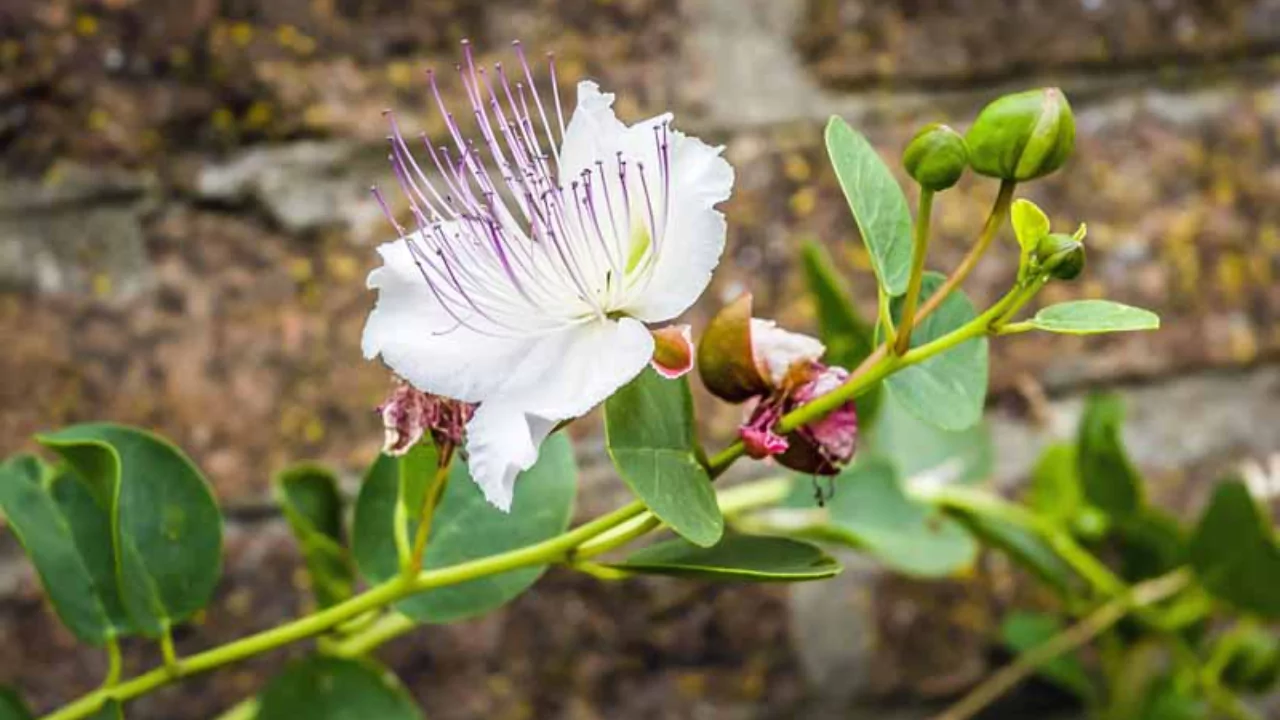
Caperberry is a perennial plant that has thick white to pinkish leaves. The Caper is the flower bud and the Caperberry is the fruit, thus the name.
These berries were utilized for medicinal purposes in the past. Also, the berries served as an aphrodisiac.
Chokeberry (Aronia)
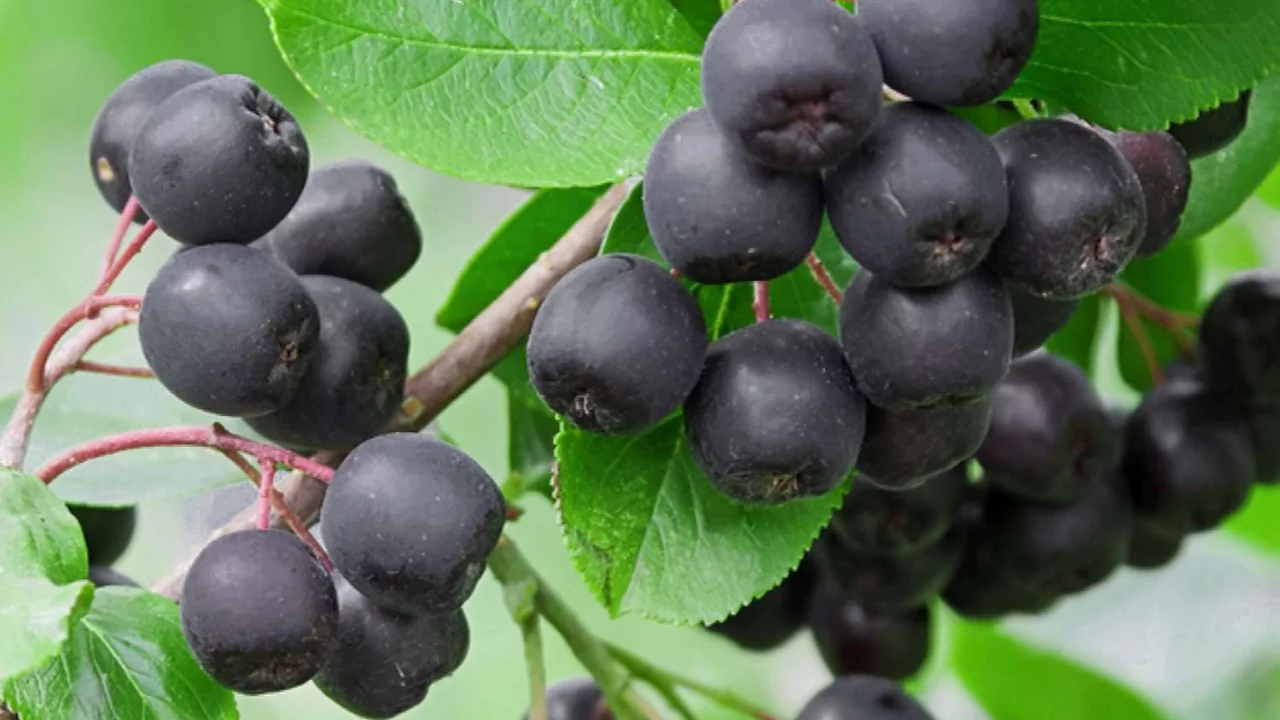
Chokeberry shrubs break the norm for these type of plants, as they are often used for landscaping because they tolerate shade. The shrub bears very tart but useful berries, ideal for making wine and preserves.
This wild edible berry is known to provide numerous health benefits. Aronia is helpful in reducing blood pressure, increasing immunity, and enhancing iron metabolism.
Chokecherry
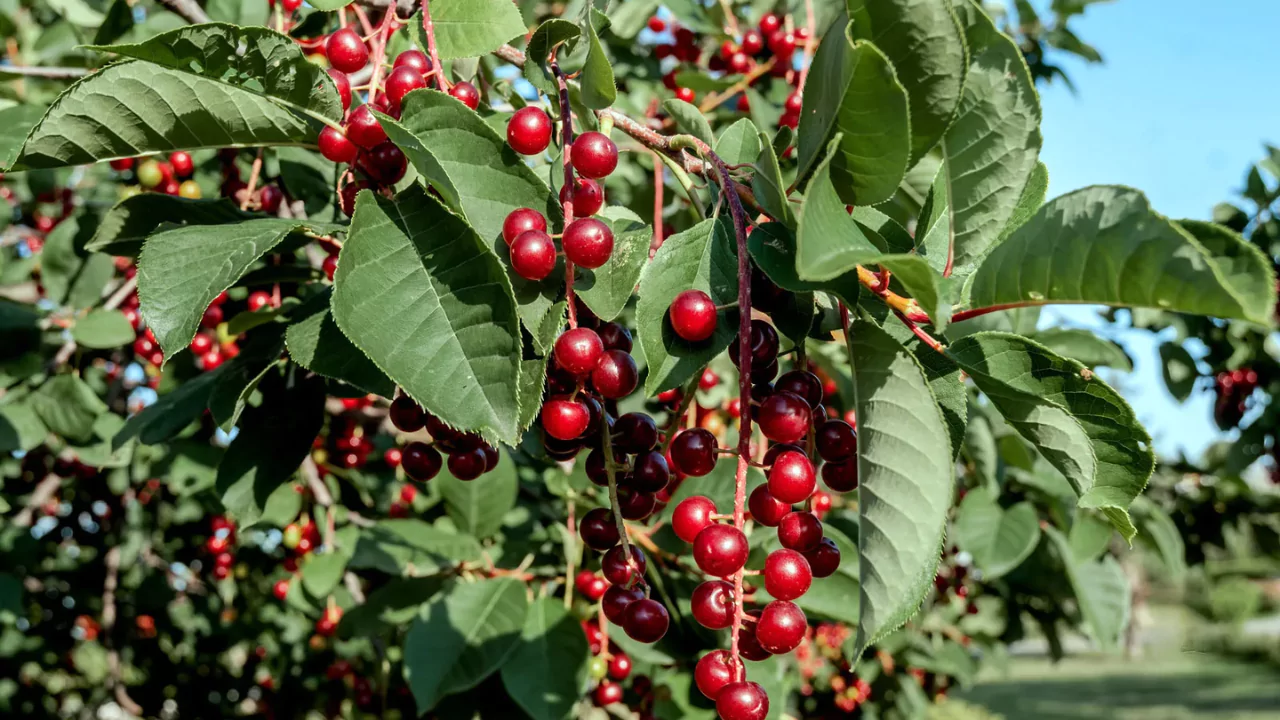
The chokecherry can be found growing in the wild in many parts of the American west, but it can also be cultivated. It can be used for making jams or syrups.
Cloudberry
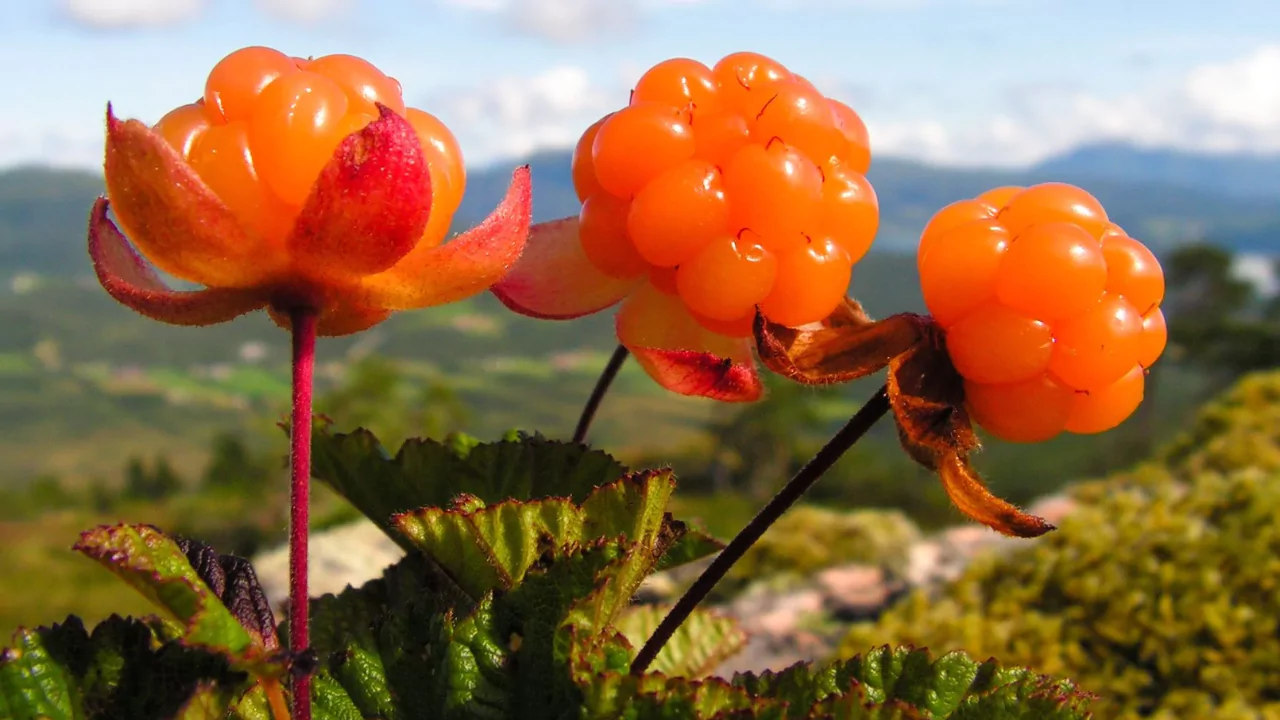
This tree is found in the coldest parts of North America and can even survive in the extreme Arctic Circle. It bears light-yellow fruits that do not have much taste.
In Canada and some parts of Maine, one can find cloudberries. These berries are, however, a delicacy for foragers from Scandinavia.
Cowberry

Cowberries are abundantly found in northern parts of Europe and Canada. They produce small, tangy, red fruits similar to cranberries and are commonly used for baking and preserves.
Cranberry
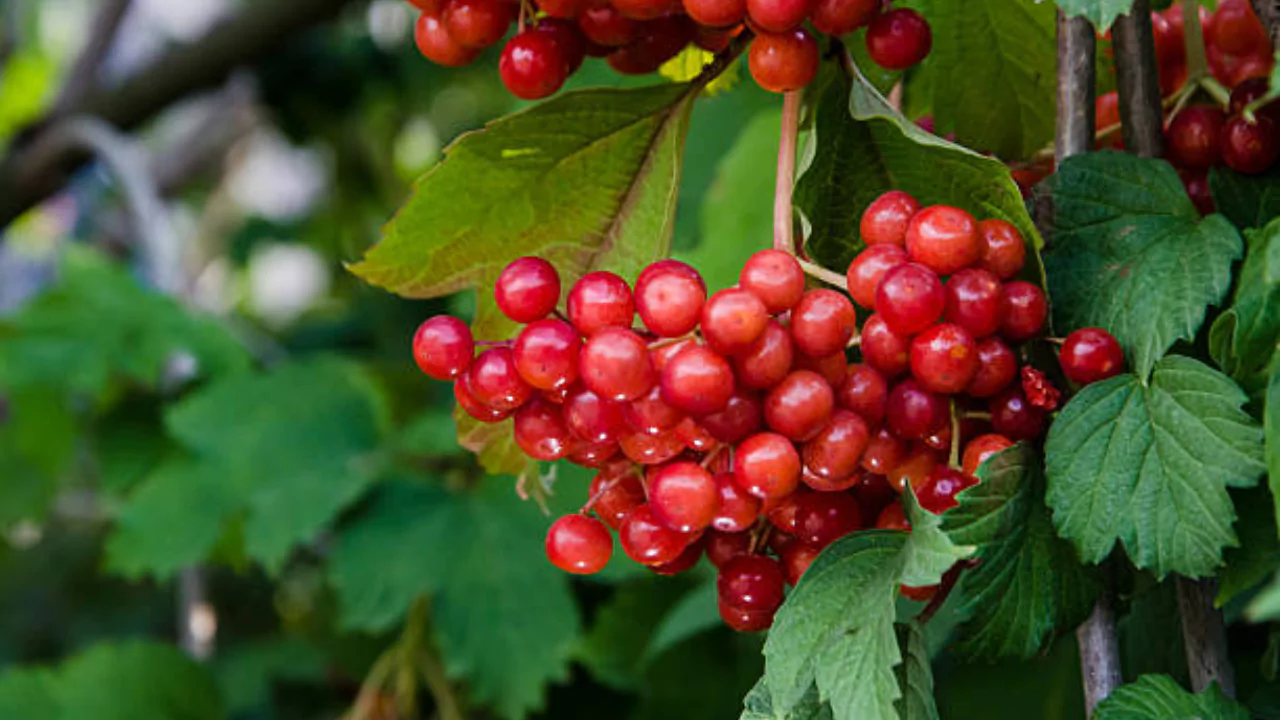
Apart from Thanksgiving cranberries are popular among cooks for their sour taste, which is an important culinary ingredient. These berries come from wetlands, which prefer acidic soil and a long growing season.
Cranberries have various uses and one of the most frequent is cranberry juice. It has been proved that this juice helps reduce plaque build-up in arteries and can aid in losing weight.
Currant
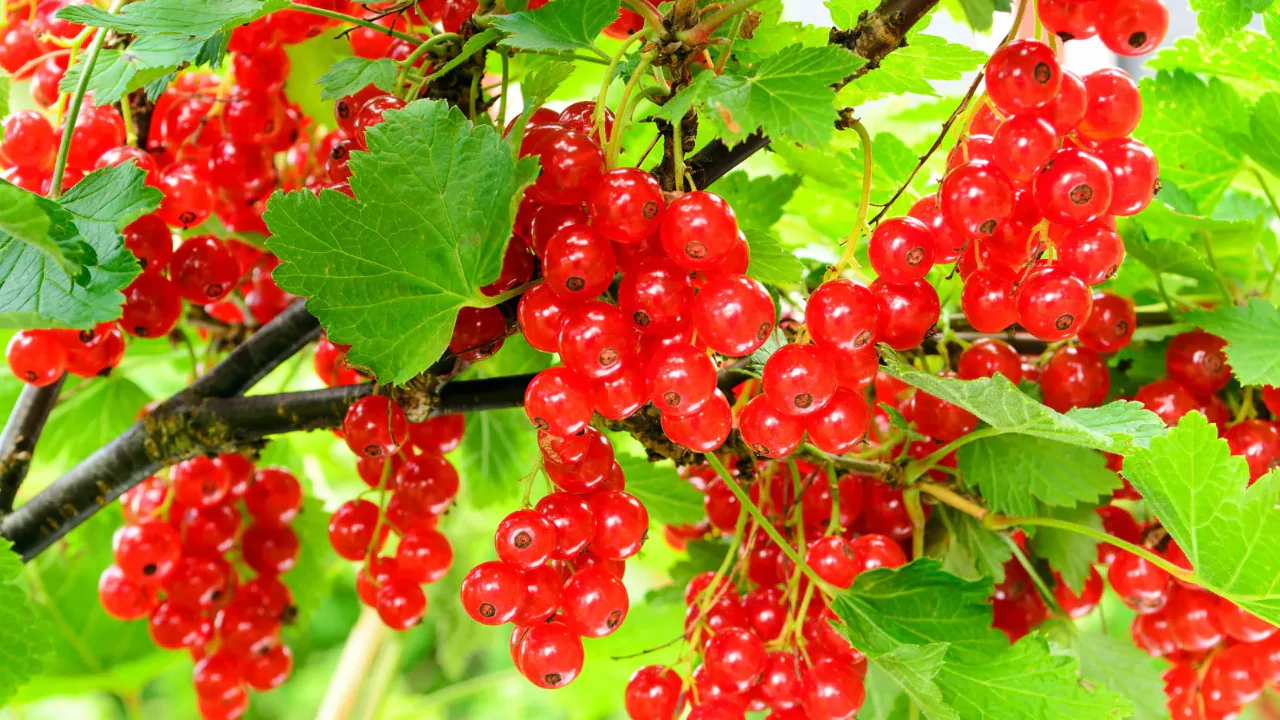
Currants are grown in regions with cold and moist climates. Berries are small and spherical in shape and come in translucent white, red or purple colors, and have a tart yet rich taste.
Space out your currant plants by no less than three feet, and don’t forget to prune regularly. Read more on growing currents.
Dewberry
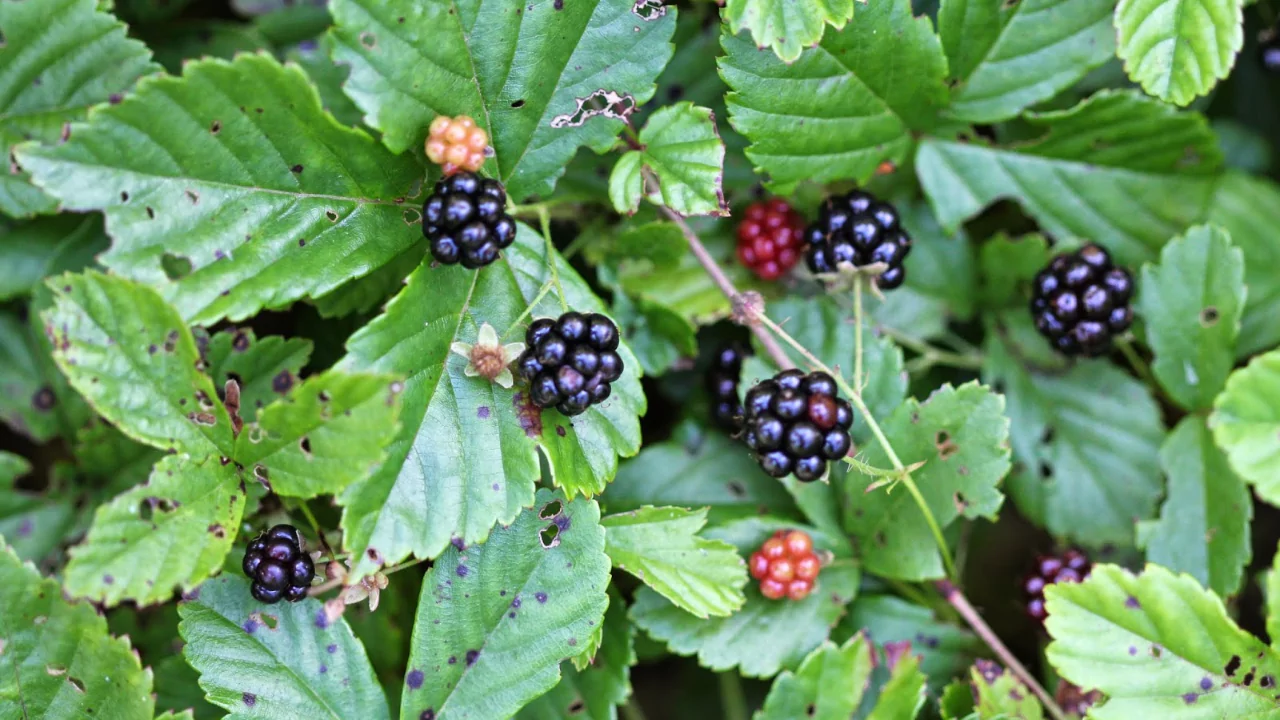
From long, creeping vines grow black wild berries. They are very common all throughout the Pacific Northwest.
Consume the berries fresh or incorporated into jams and baked goods, as they have a mildly bitter taste.
Elderberry

Elderberry is similar to currants since it can be dark red or purple in color, and is good for making wine and preserves. Plant this in cooler moist areas that also have cold winters.
The berries ripen around early to mid September in the northeast, while west coasters can harvest as early as June.
Farkleberry
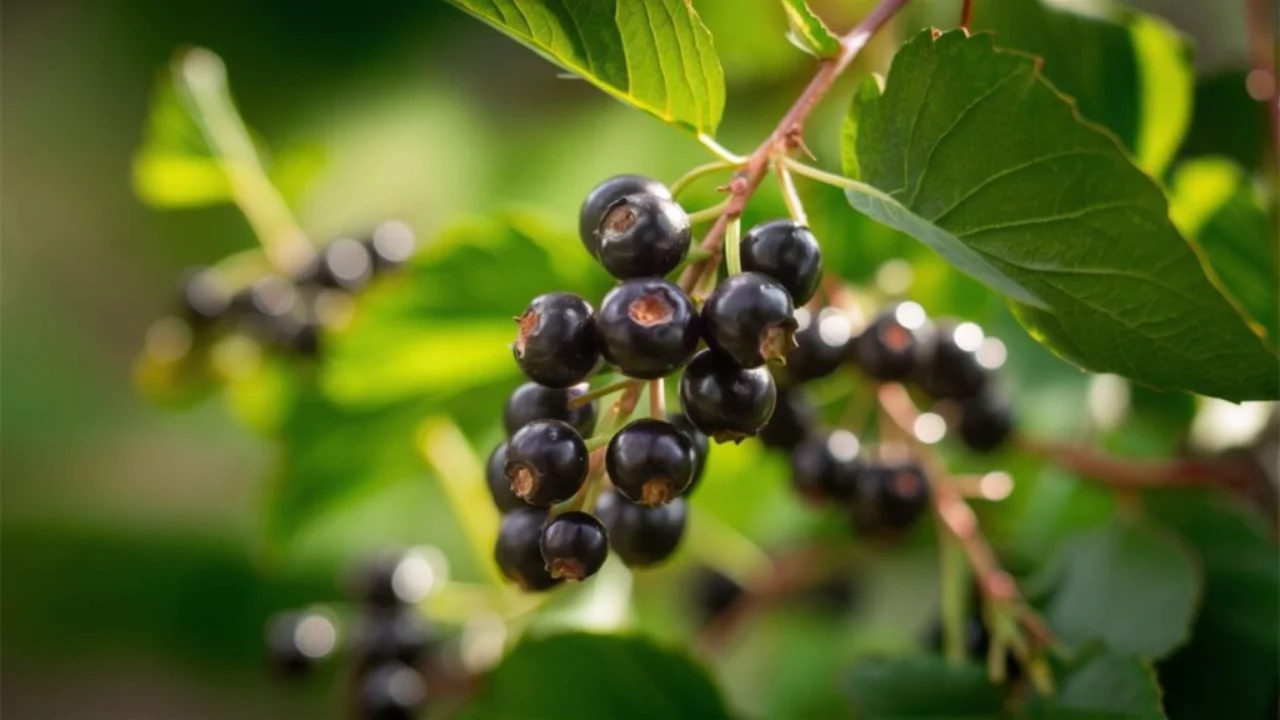
Farkleberry is an blueberry relative that can be found throughout the midwest. The black berries have little taste, but make up for it by being enjoyed by birds and wildlife.
Himalayan Blackberry
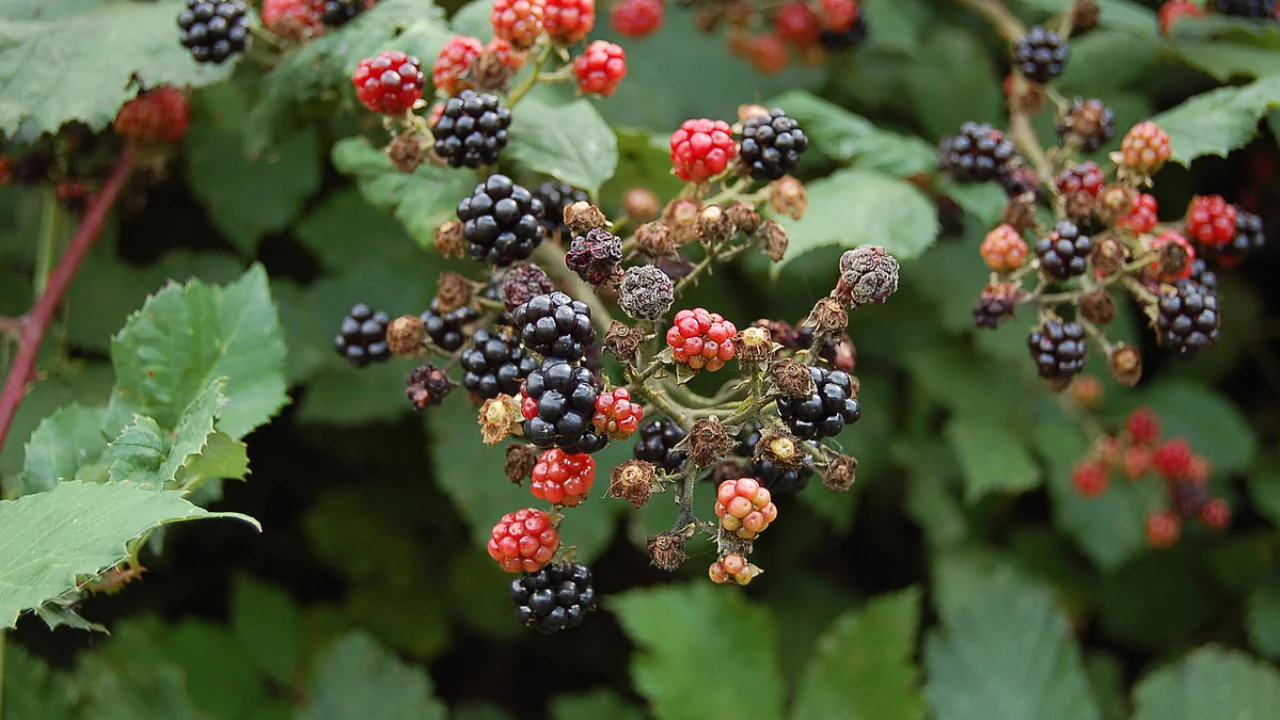
Closely resembling common blackberries, but sweeter, and larger. It can be found growing wildly in different areas, as well as in gardens.
The berry is also used to produce the hybrid marionberry cultivar.
Goji Berry
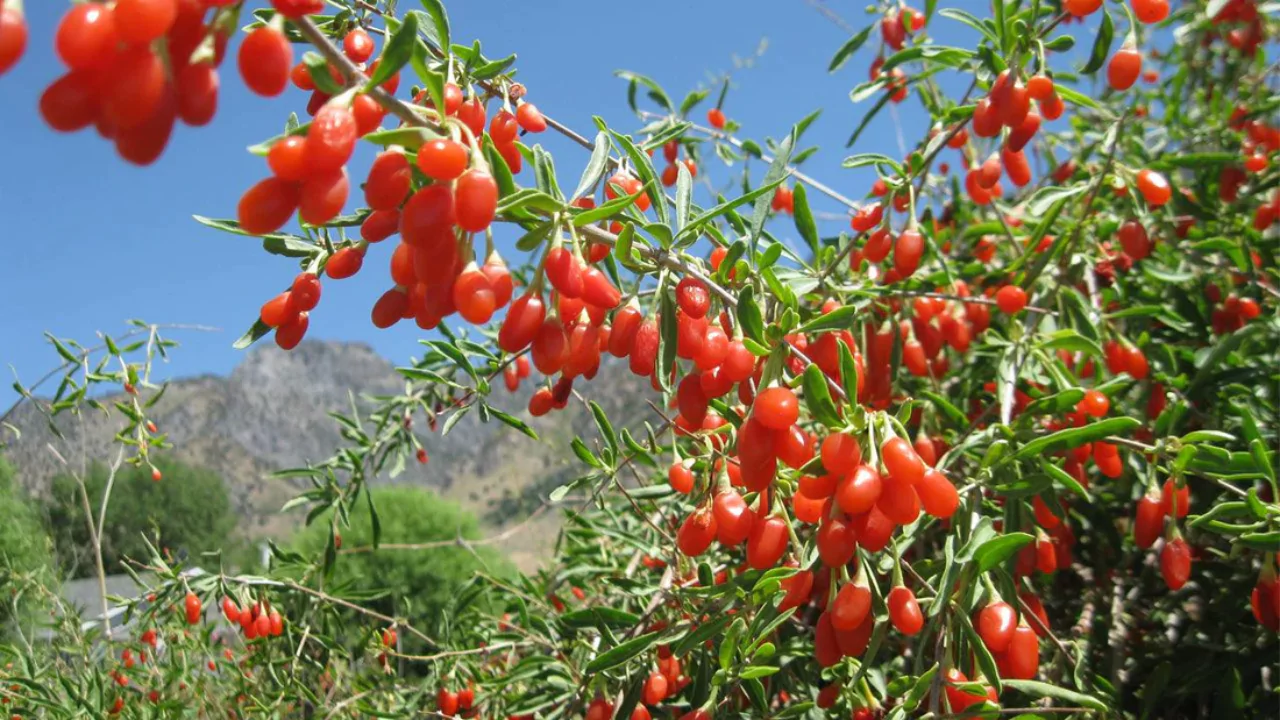
Goji Berry are native to China and the Himalayas. They have been considered a superfood because of being rich in antioxidants. They also contain high levels of phenolic compounds that protect against oxidative stress.
Goji berries are also rich in other essential nutrients such as Vitamin A and zeaxanthin which are vital for one’s eye health. These vitamins helped a group of 150 elderly people to prevent deteriorating eyesight.
In the US, fresh goji berries are hard to find because they are not commercially cultivated. They are a great alternative for self-cultivation.
This crop can endure drought, extreme heat, and cold. They can also thrive in poor soil.
Gooseberry
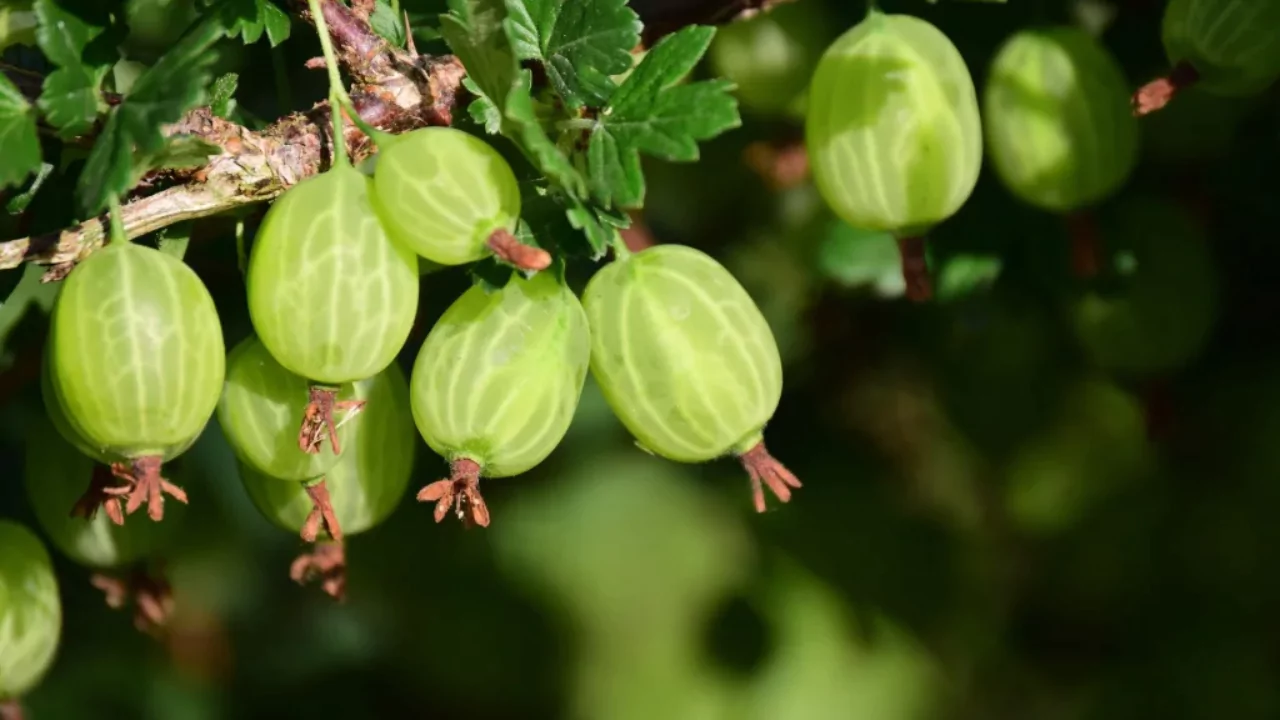
This shrubby thorny plant yields sour green berries used to make pies and sweet preserves. Gooseberries are resilient as they thrive is cool weather and prefer rich, moist soil. However, they can be found on woodland hiking trails.
Unlike currents that tend to have an acidic taste, gooseberries develop a rich, smooth flavor which makes them ideal for jam and pies.
Grape

Table grapes are used fresh and can be red, green, or black while small seeded grapes are aromatic in nature making them ideal for juice or wine. Grapes are botanically classified as berries.
Hackberry
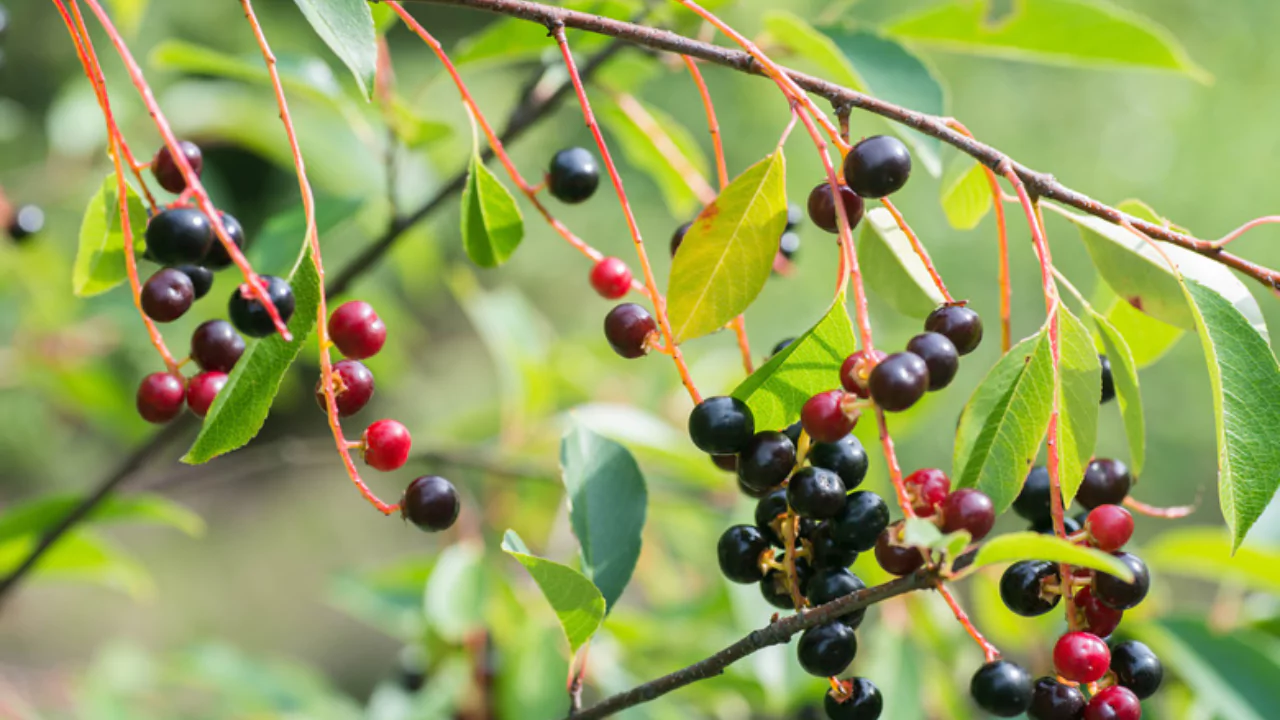
The hackberry tree is derived from many tree species from the Celtis genus. The tree can reach up to 80-100 feet. It can be consumed as it possesses purple skin with an edible nut, also known as a berry.
The sweet flavor makes them popular among local birds, though locals tend to harvest the seed and roast them like chestnuts.
Holly Berry

Holly plants produce bright red berries that cover the shrub’s friable stem. Not only do they serve as a wonderful Christmas ornament, but they are also poisonous to consume.
A single dose can injure a two to five blooms.
Huckleberry

Huckleberries are found widely in the North Western parts of the Pacific. They flourish under low temperatures and wet environment. Like blueberries, they can be consumed raw and used in jams and baked goods.
Indian Plum
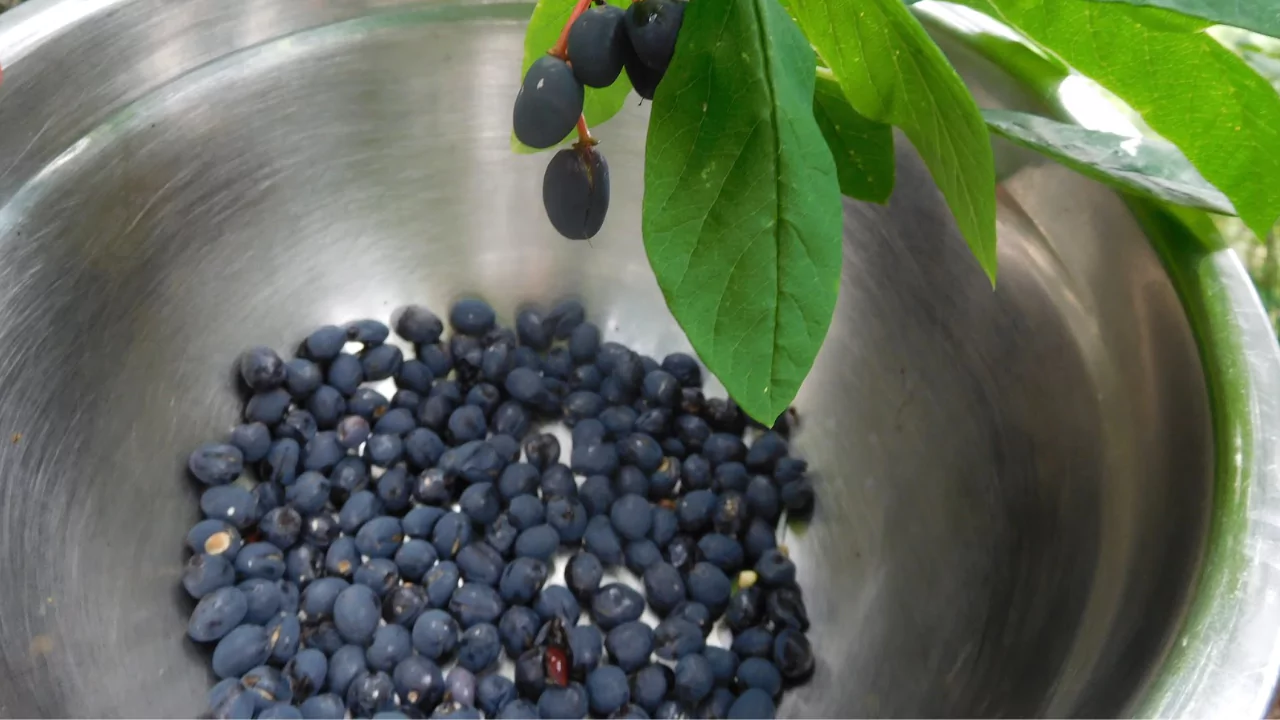
The shrub is from the Pacific Northwest region, which is west of the Cascade Mountain range. American Indians used to eat dried/cooked Indian Plum, and used it to remedy tuberculosis.
Ivy Berry
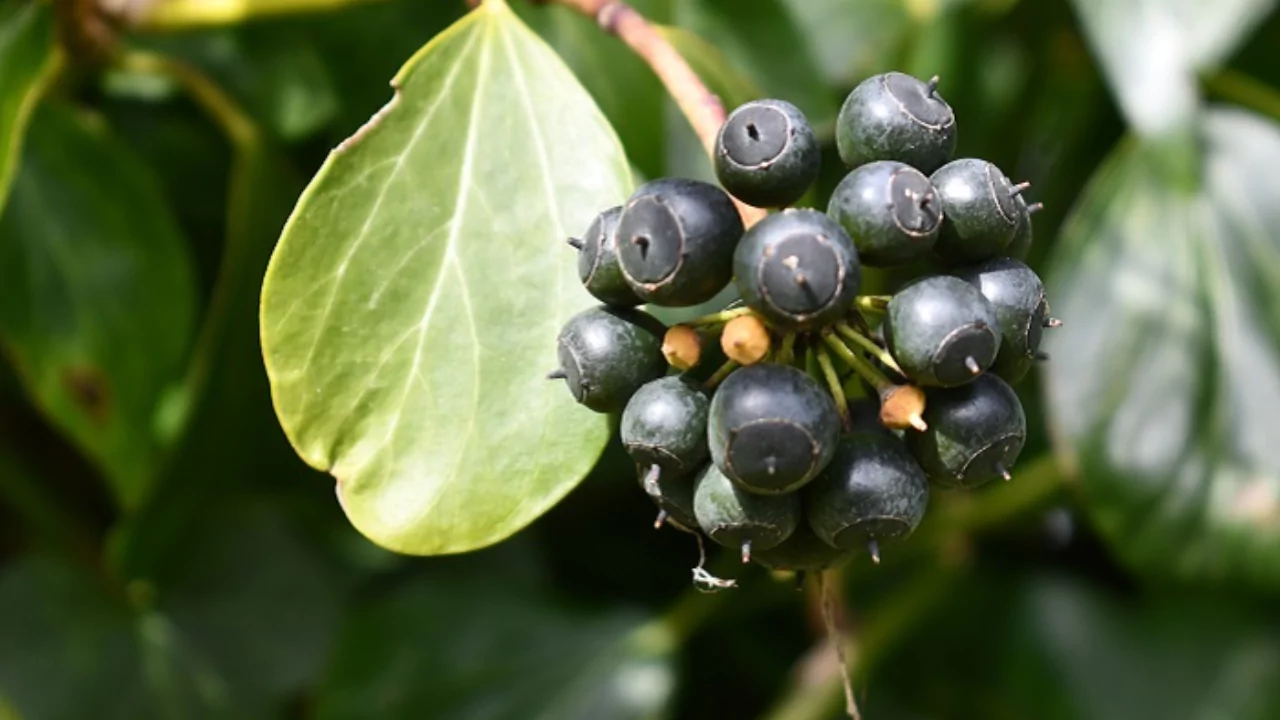
As ornamentals, the plant produces small purple to black berries. It can climb up to 98 feet on vertical surfaces. Birds usually eat the berries, but the plant is poisonous on humans.
Juneberry
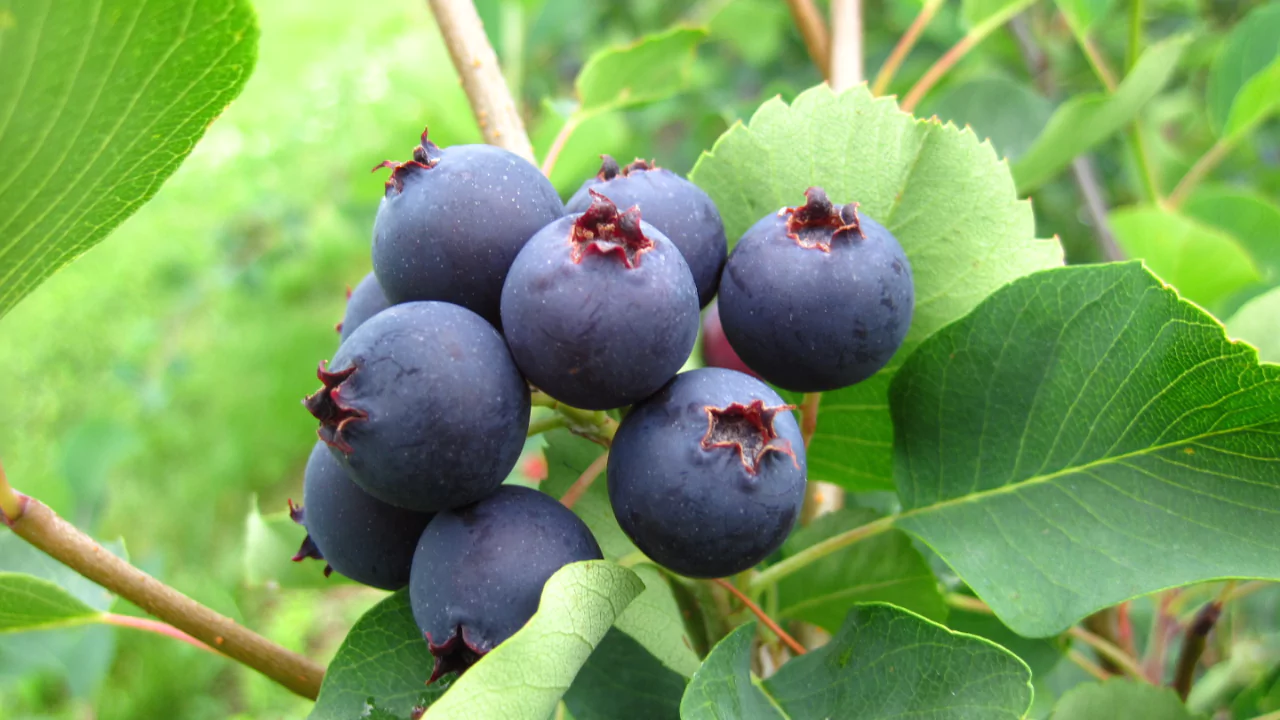
The plant can tolerate extreme harsh conditions, growing wild all over much of North America. It is used as a landscaping plant, but the fruit that it bears is good to eat, slightly alike to blueberries.
Juniper Berry
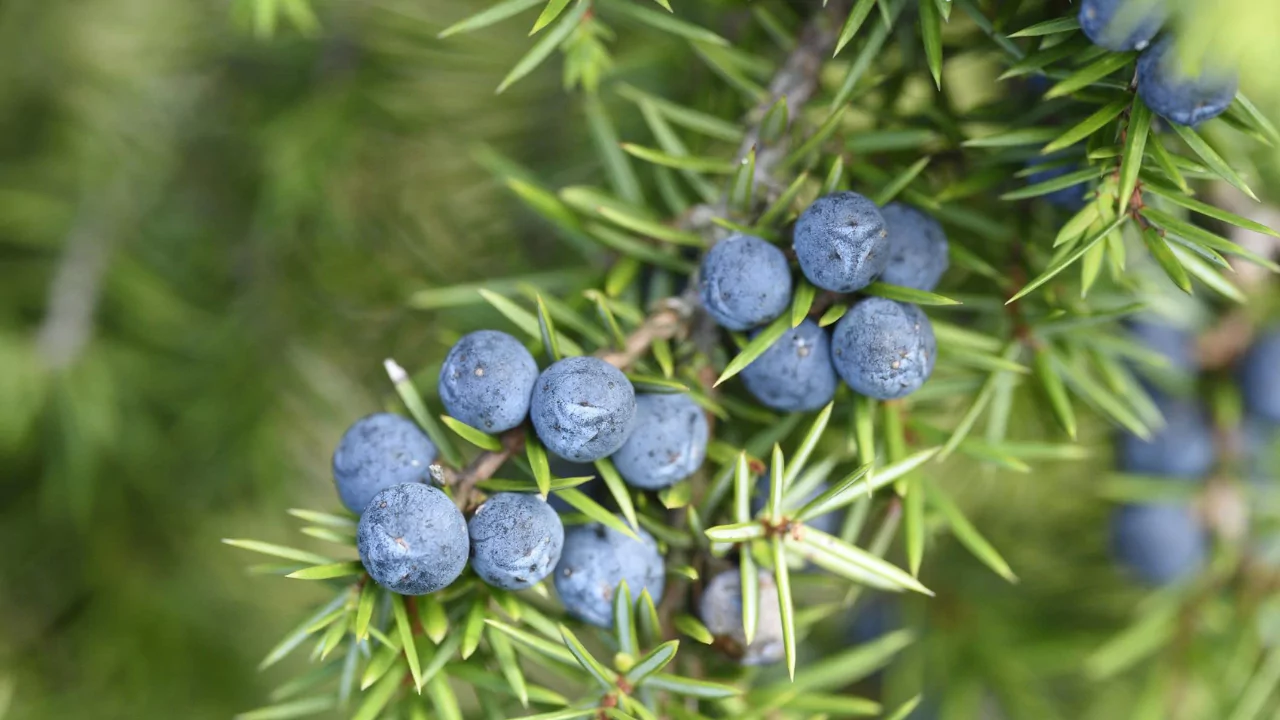
Junipers bear dusty blue berries which closely resemble blueberries. The fruit isn’t poisonous, but is seldom edible.
This bush plant belongs to the cypress family of Cupressaceae. The berries were traditionally used by the natives as a medicine for diabetes. Burning juniper was used as part of their folkloric rites.
Lingonberry
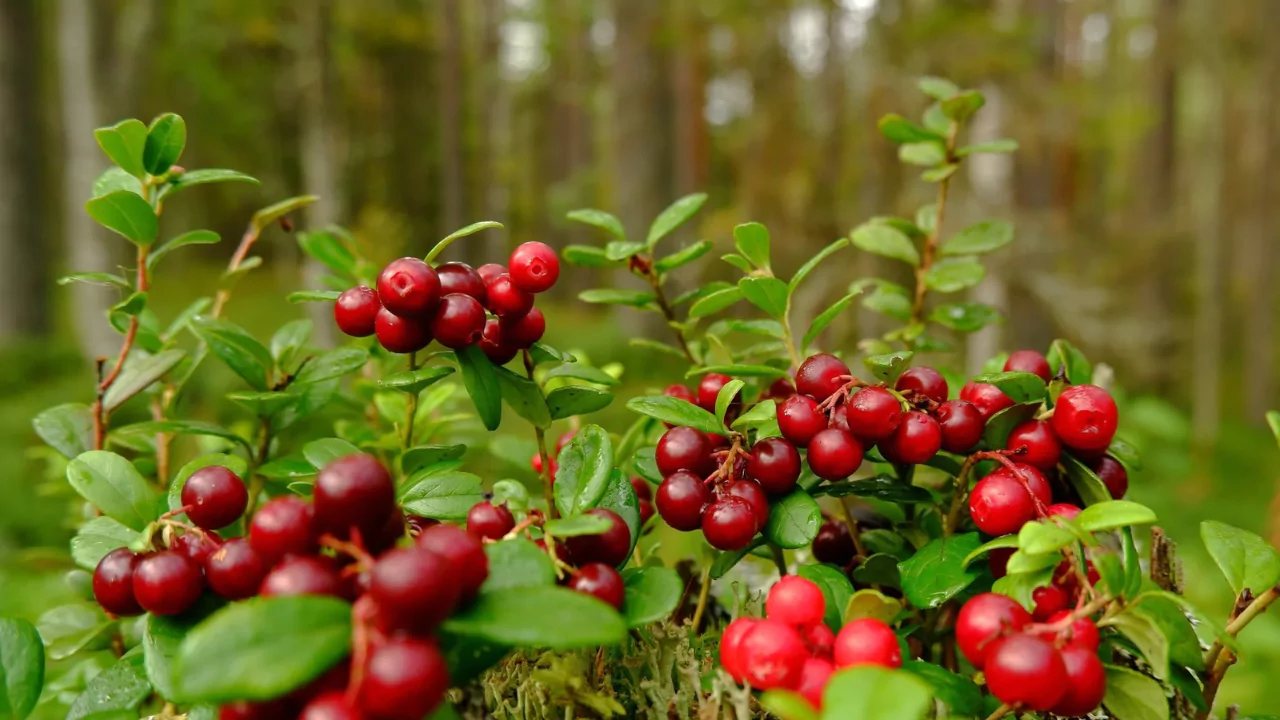
Also called as cowberry.
Loganberry
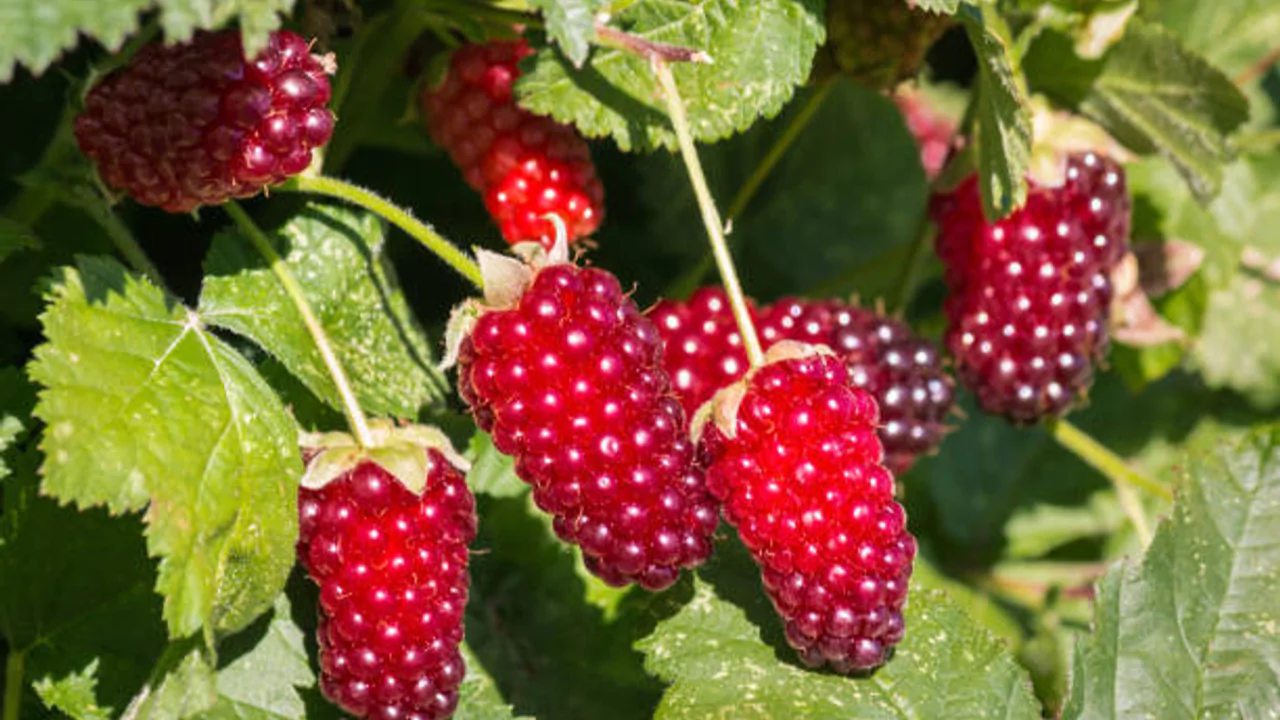
This unique mix of raspberry and blackberry has a distinct taste profile. It’s commercially used in jams and juices. Loganberries should be grown just like blackberries.
Mistletoe Berry
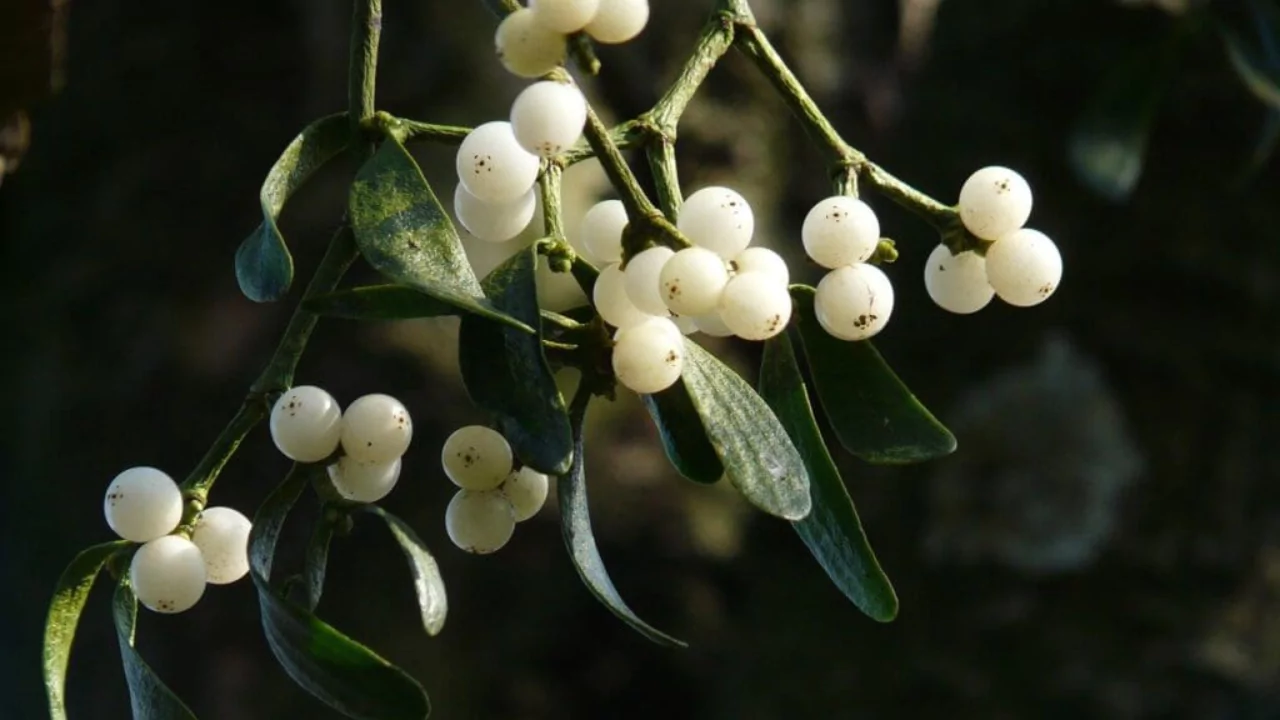
Mistletoe is known for being a winter holiday plant, but in fact, it is a parasite. It creates small, glutinous white berries during winter. Parts of the plant, leaves and berries, are toxic in nature.
Fast forward to the 18th century, the herb was introduced into Christmas celebrations. That’s when the tradition of kissing under the mistletoe originated as well.
Nannyberry
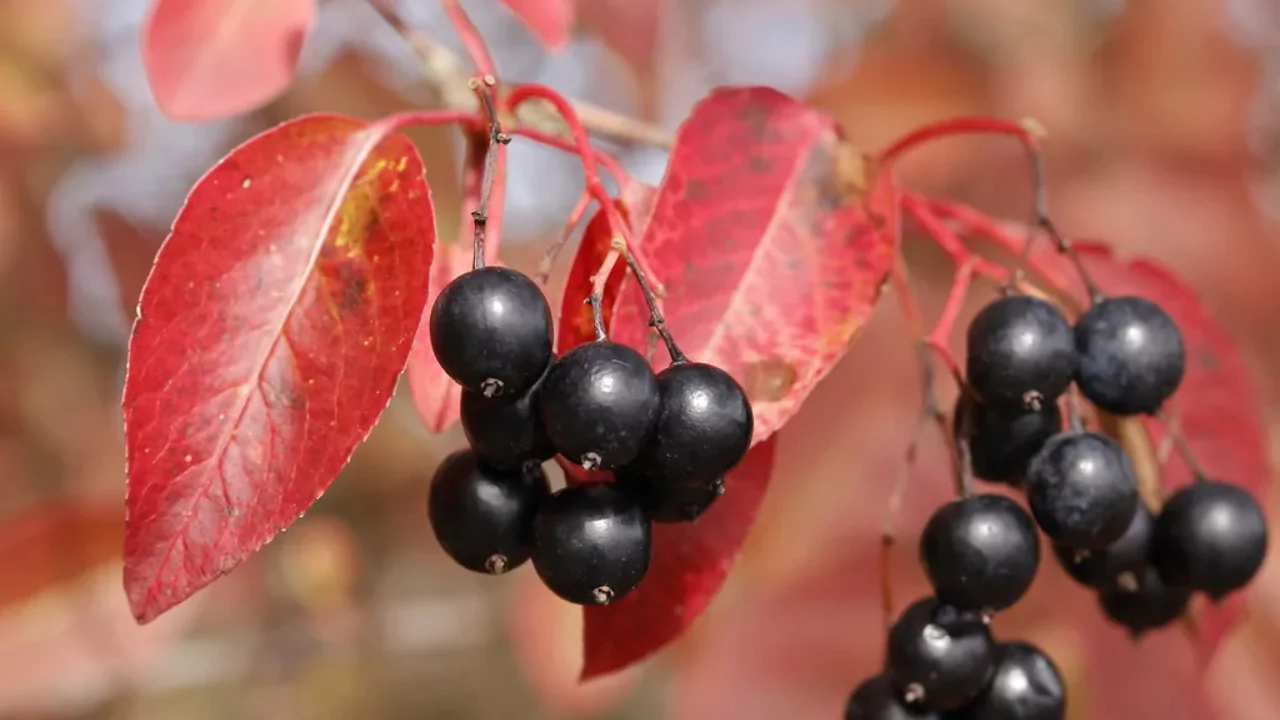
Nannyberry is found in Northern America, particularly situated in northern woodlands and marshes. Its berries are known to share similarities with chokecherries, both in look and taste. Moreover, the berry can be used in preservatives and syrups.
Oregon Grape
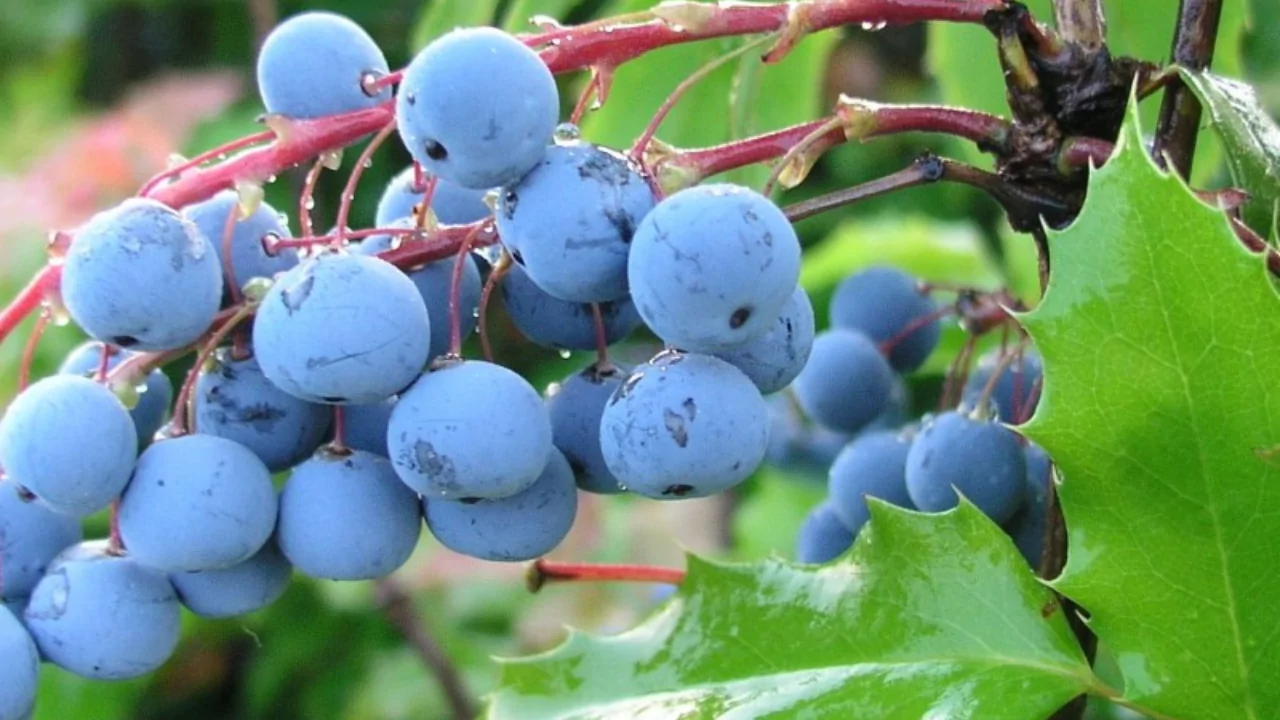
An Oregon grape shrub is commonly found for landscaping in various soils.
Its purple berries, though sour, can be consumed raw, or used to create wine or preservs. The root from Oregon grape can help treat diarrhea, gallbladder diseases, and even constipation.
Persimmon

Japan, and parts of the Middle East and Asia, know persimmon as a berry due to their tomato-like characteristics. Persimmons can be grown in the Southern United States as well. The plant has a slightly mealy texture with a rather tart taste.
Pokeberry
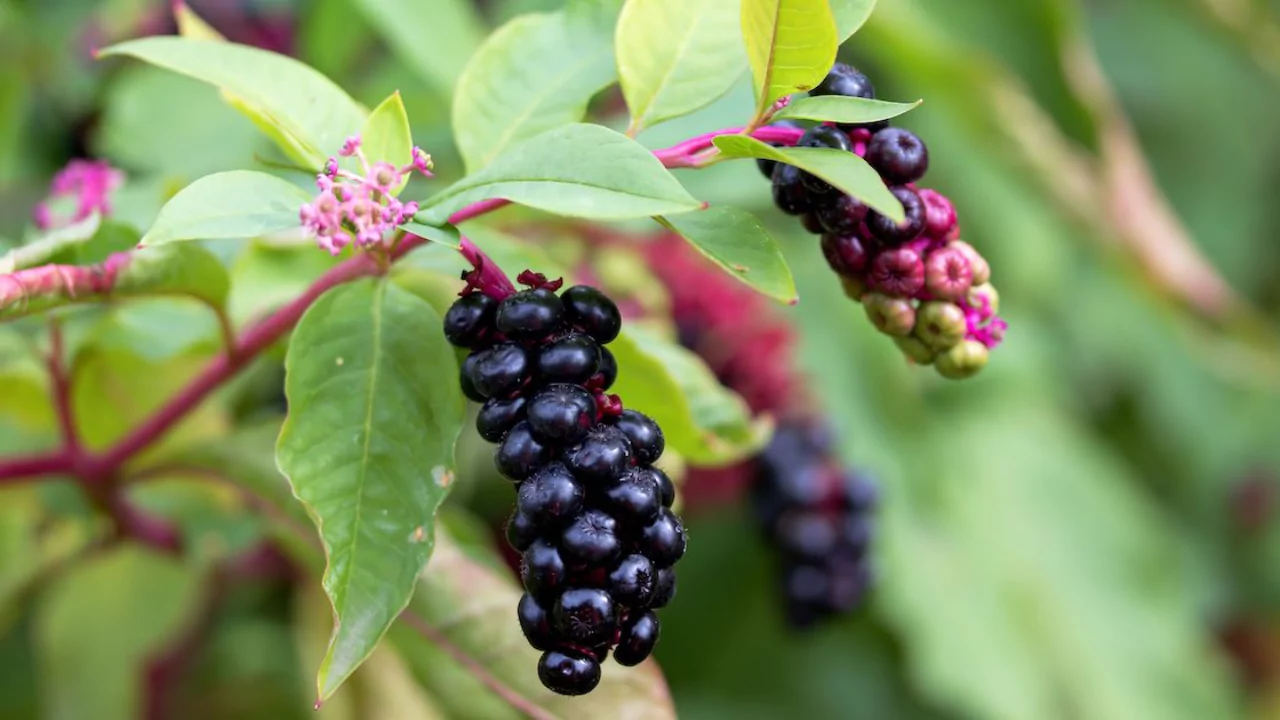
While resembling blueberries, the fruit of this plant is toxic. Unlike blueberries, the berries do not have the star at the base of the fruit and have a glossy purple-red color.
Privet Berry
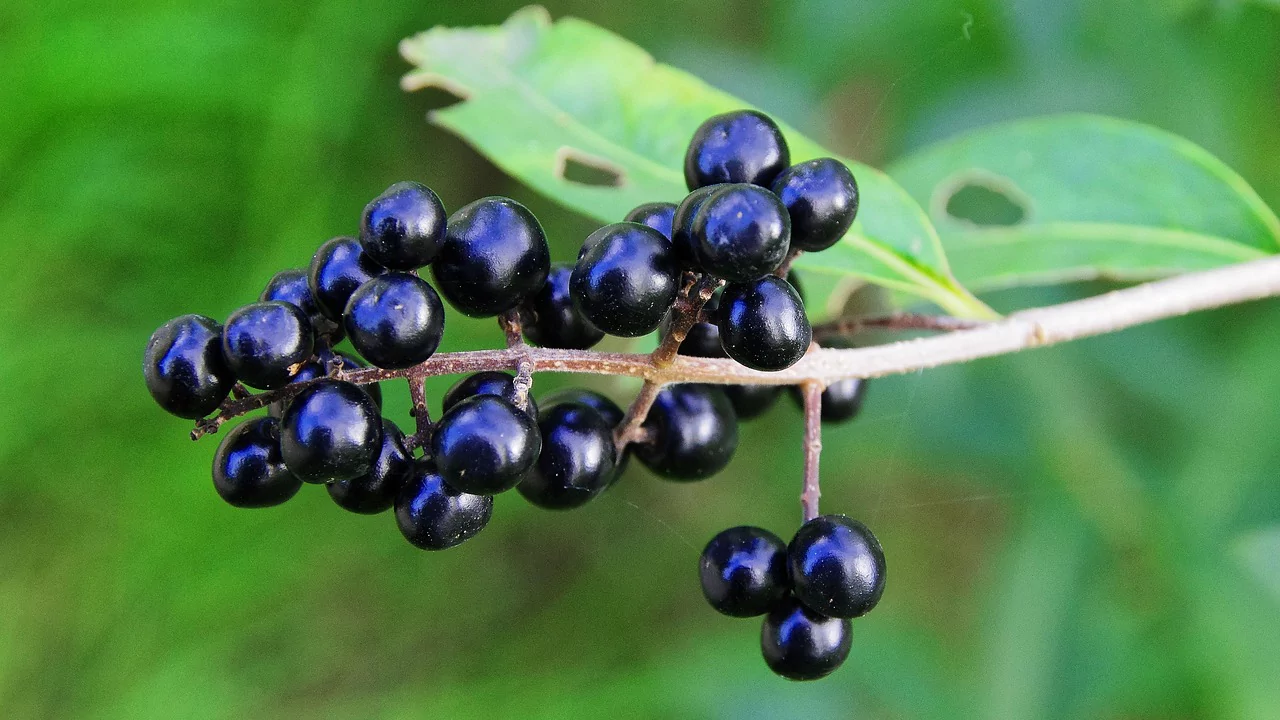
These are tiny purple or black berries that cluster on the shrub flowers. They can also be found in semi-evergreen hedges. These privet berries which are sold in farmer’s market are used for wedding bouquets and space decoration.
Evergreen birds, as well as some species of larvae Lepidoptera, feed on privet, making it an essential source of nourishment. These larvae are helpful in controlling weeds due to their feeding habits.
Raspberry
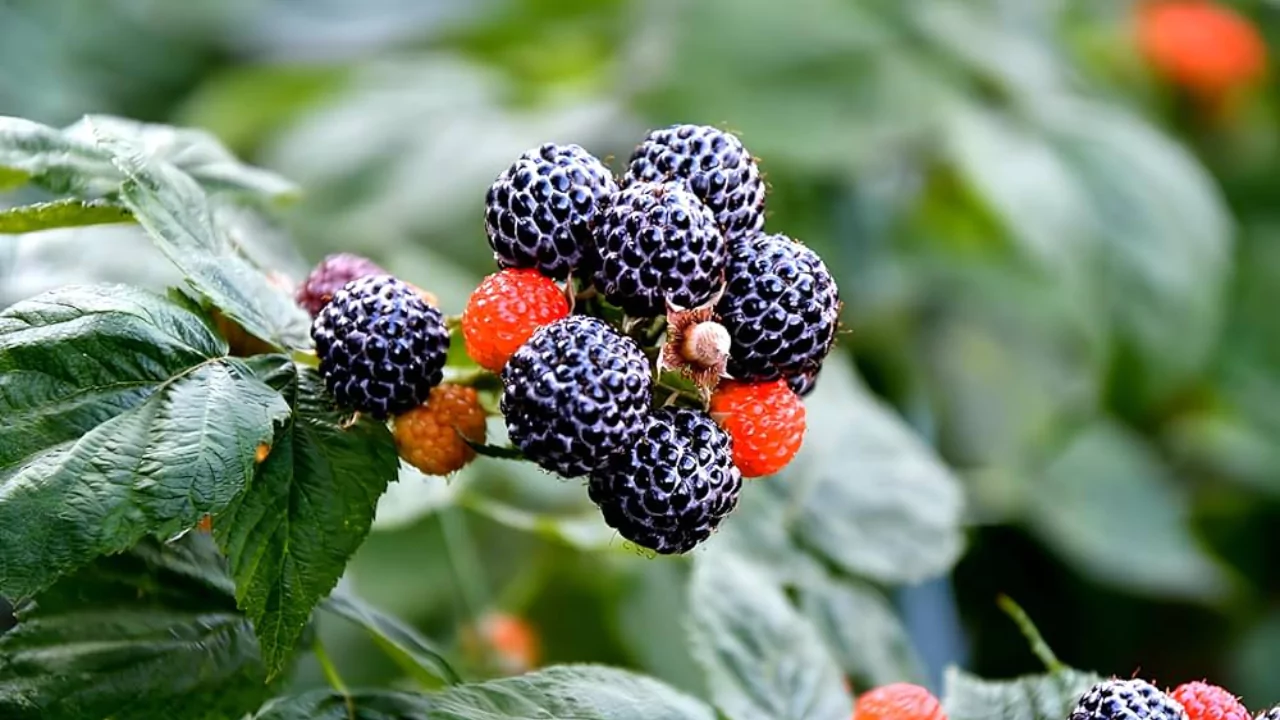
Raspberries can survive in cold climates and have long lifespans. They produce sweet and delectable fruits that can be eaten raw, turned into flavorful sauces, or preserved for later use.
The three main types of raspberries are purple, black, and red.
Black raspberries, which grow in the thimble-like shape of red raspberries, grow up north in Alaska until as far south as California.
They contain a high amount of Vitamin C, which is helpful in preventing inflammation.
Discover more information on how to cultivate raspberries in your backyard.
Red Mulberry
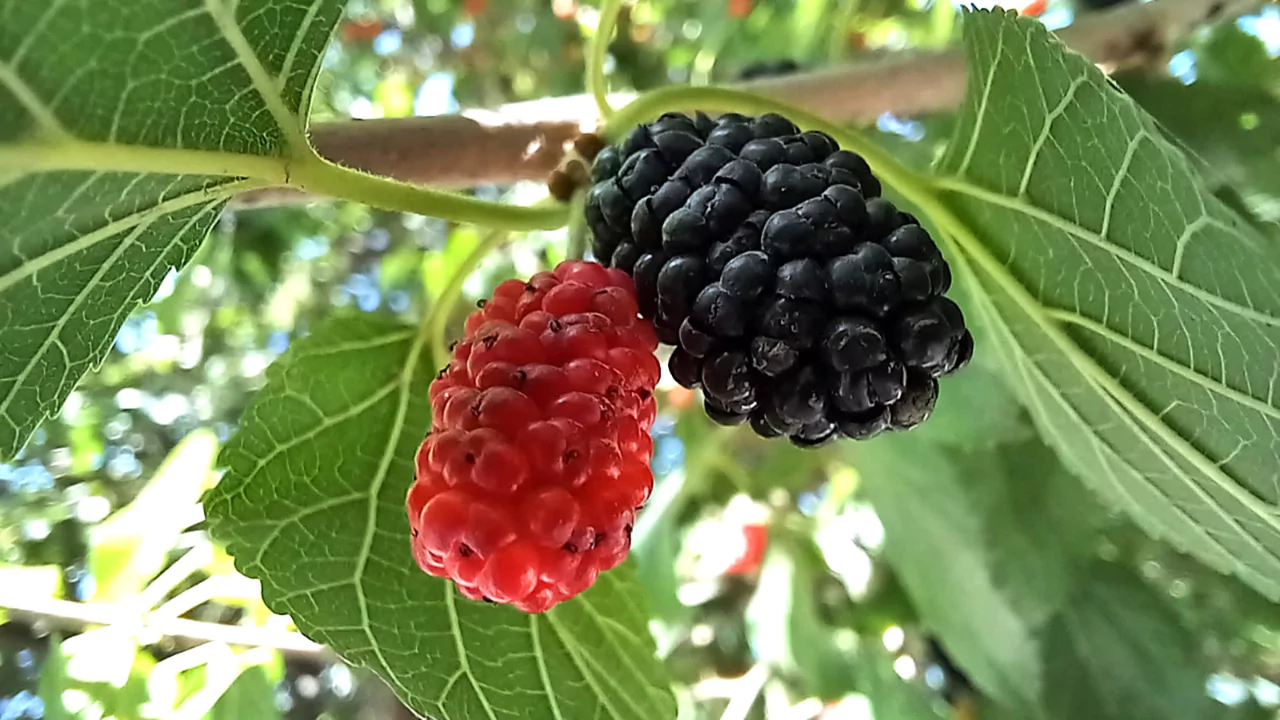
Native to a wide expanse of the United States, red mulberry trees bear fruits found in a blackberry-like cluster. Because the fruit is very delicate, it can cause quite a bit of damage as it rots on sidewalks and concrete surfaces.
Salmonberry
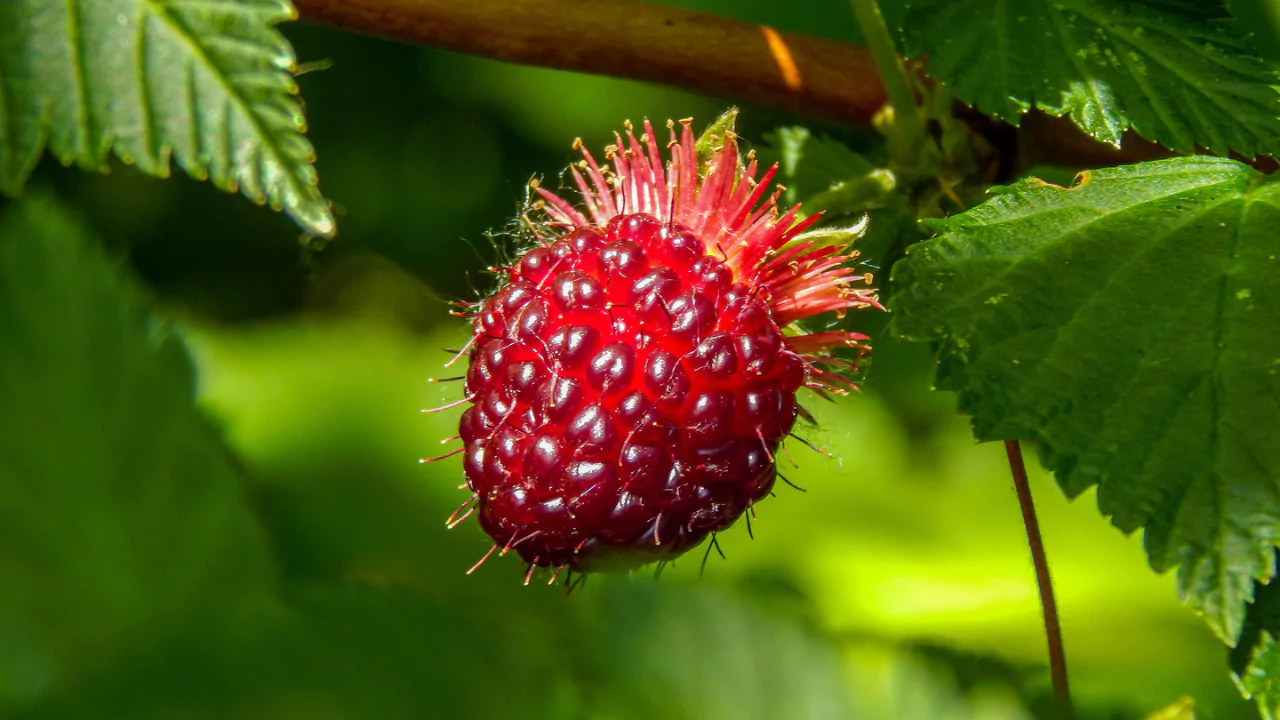
Both Canada and Alaska are home to the perennial plant known as salmonberry. The red or orange-colored fruits, resembling raspberries, can be eaten raw or utilized in preserves.
Salmonberries are an excellent source of polyphenol compounds, making them helpful for combating indigestion, diabetes, and heart disease.
Seaberry (Sea Buckhorn)
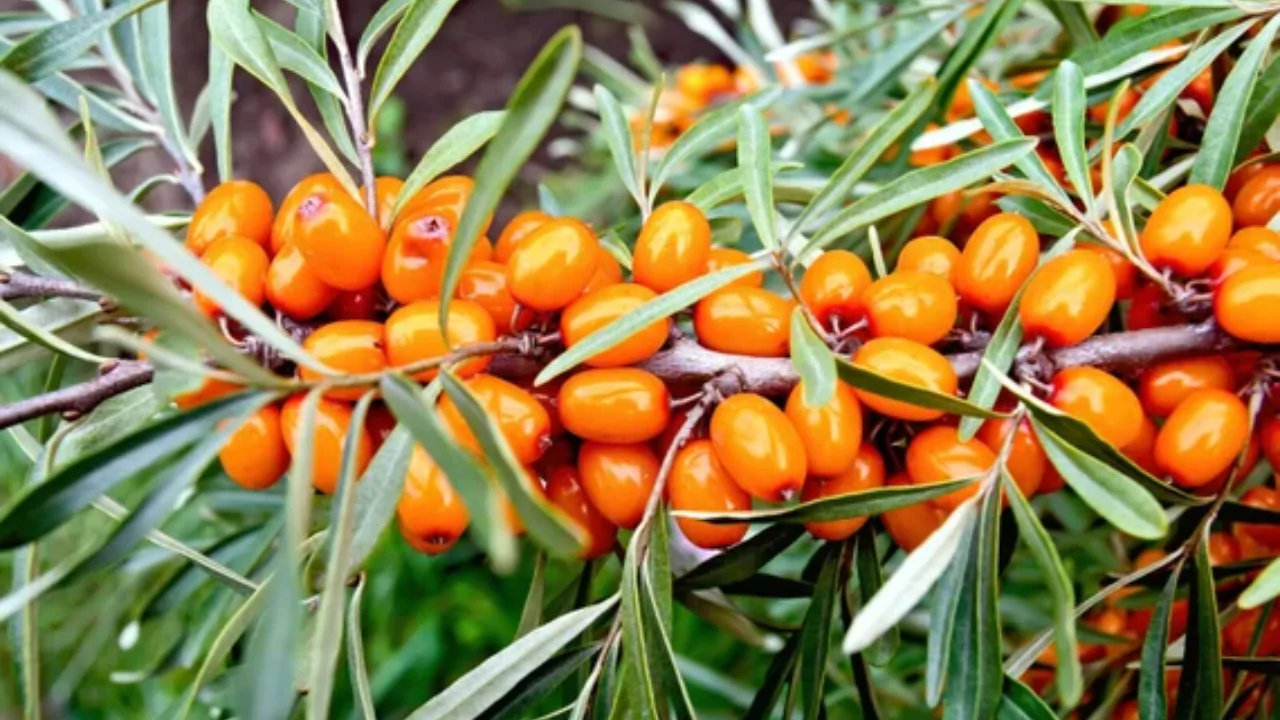
It grows in temperate and subarctic areas of the Northern Hemisphere. Canada has been home to these berries since the late 1930s, but they’re more popularly referred to as superfruits due to their nutrient riches.
Snowberry
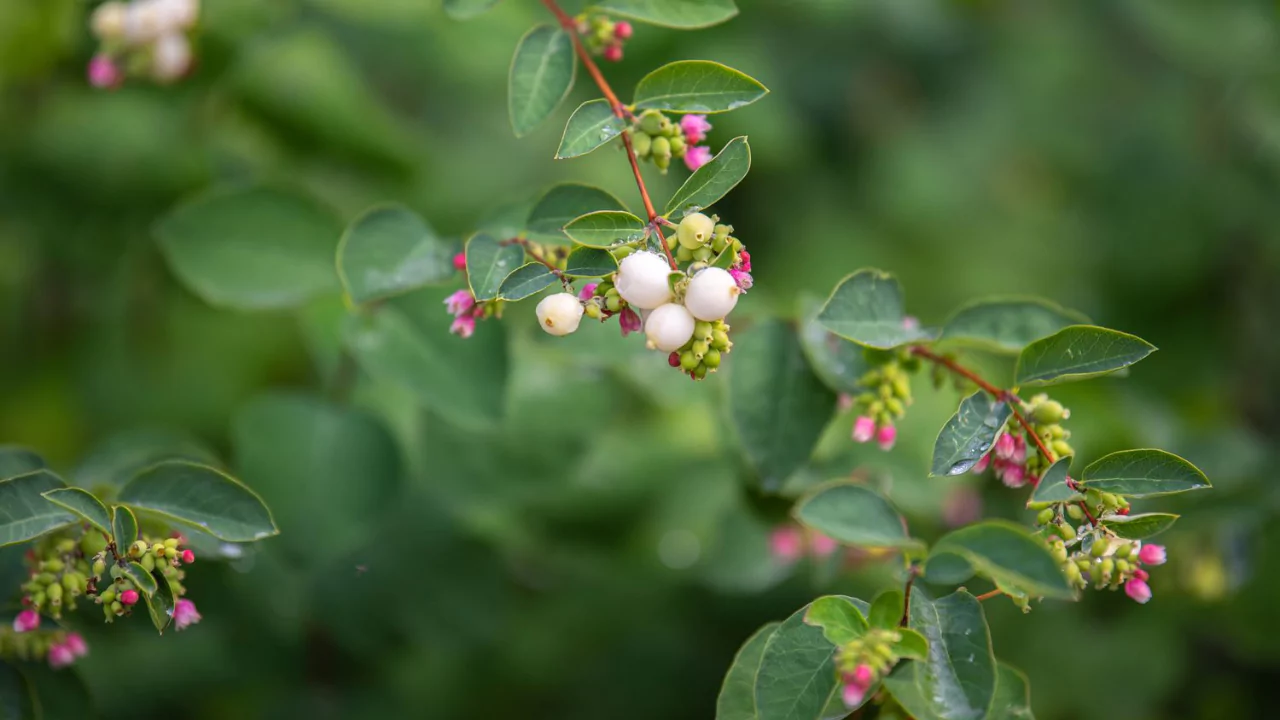
Snowberries are found throughout the northern states of America and Canadian provinces. Although often regarded as toxic, they aren’t very digestible for humans.
Snowberry is also called Waxberry, White Coralberry, and Few-flowered Snowberry. They serve a therapeutic purpose for burns and sores and work as a shampoo and deodorant.
Strawberry
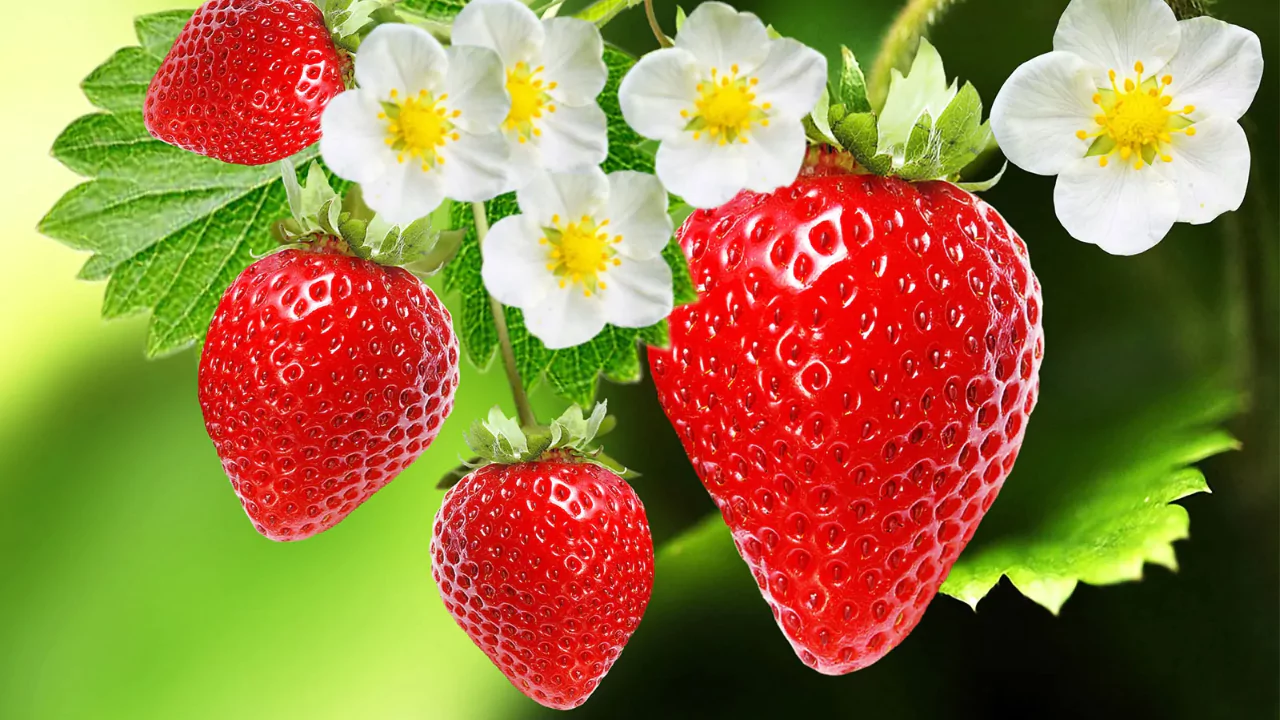
Unlike those sold at the grocery store, homegrown strawberries pack a powerful punch when it comes to taste, albeit their size is noticeably smaller. To get the most out of their flavor, strawberries should be grown in full sun in moist, fertile soil.
Strawberries have been scientifically proven to be one of the top ranked fruits due to their powerful antioxidant content. While the berries protect the body from heart disease, they also possess extremely potent cancer fighting properties.
Strawberries are some of the easiest fruits to grow and if you are planning on starting a strawberry patch, make sure you start small. They have the ability to grow on their own via strawberry runners, making it a budget-friendly way to cultivate a strawberry patch.
Sugarberry
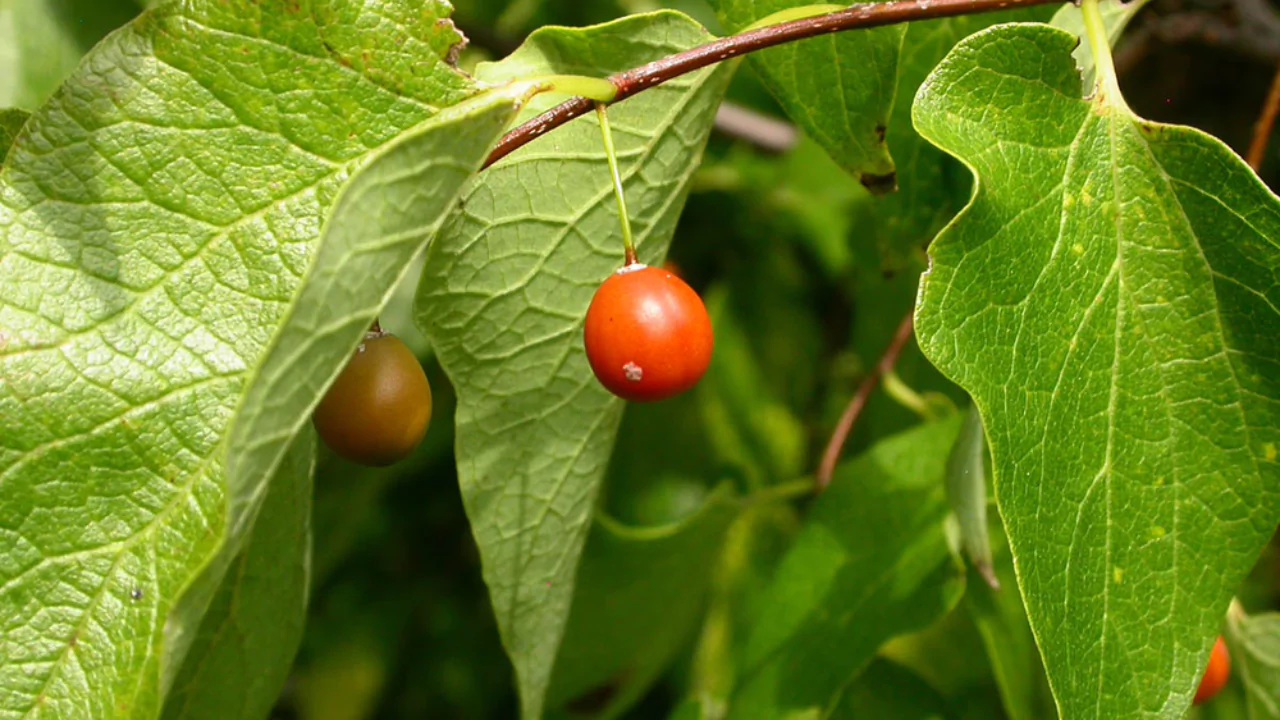
Sugarberry trees produce orange and yellow berries throughout the Southern parts of the United States. Not only are these berries enjoyed by people, but insects and birds love sugarberries too.
Tayberry
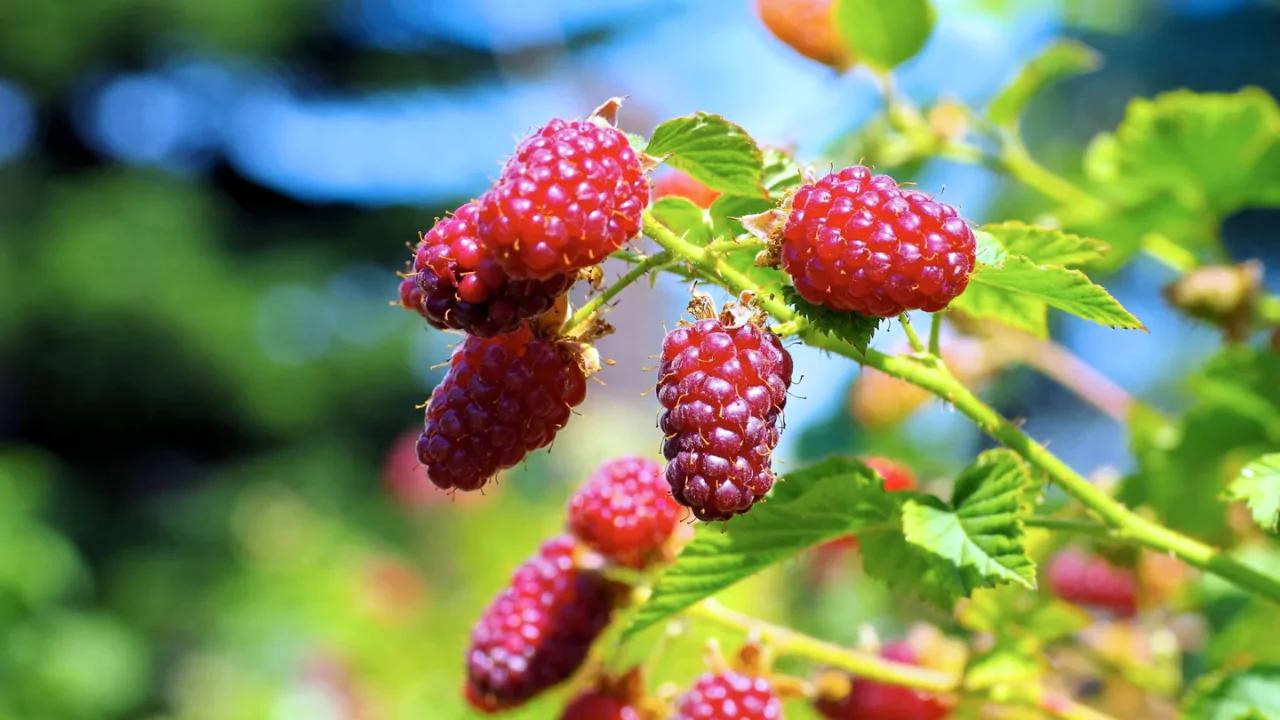
Considered a hybrid form of a loganberry and black raspberry, tayberries are even more cold resistant than blackberries. Tayberries grow in fertile, moist soil and produce sweet red fruits.
Thimbleberry
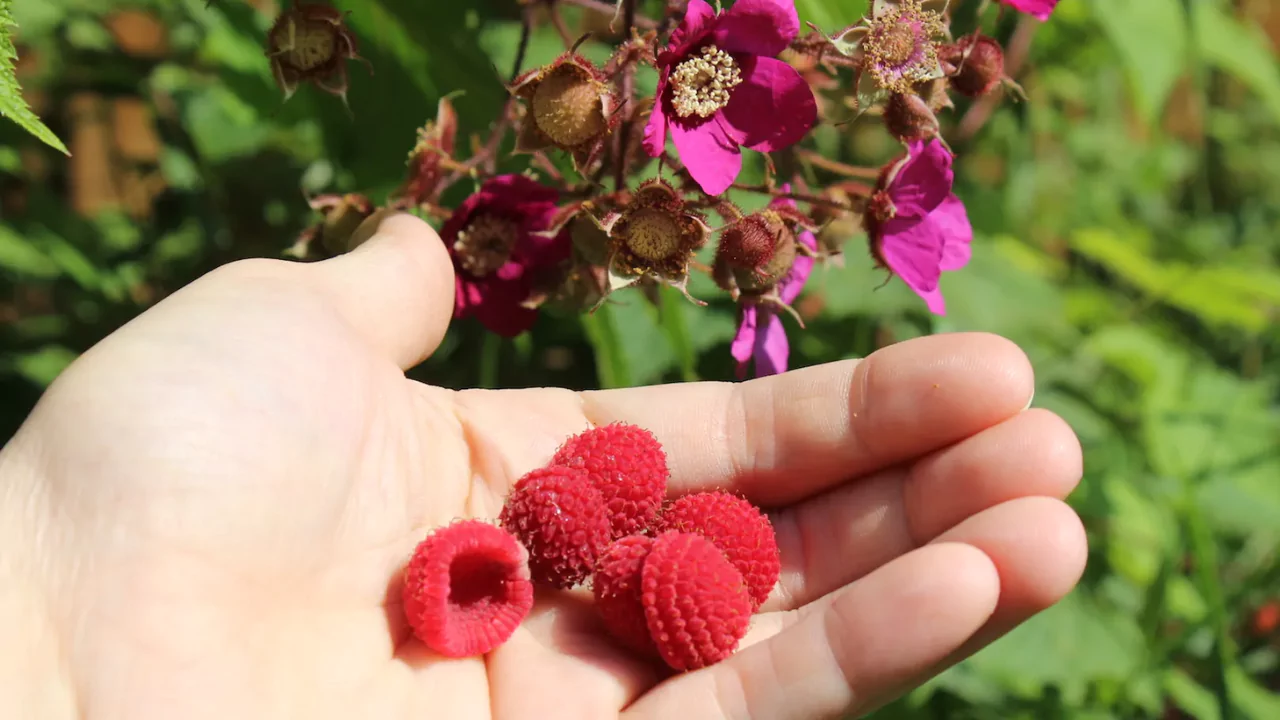
Thimbleberries are a wild form of cultivated raspberries. Grown from the Northern parts of Mexico to Alaska, thimbleberries can be transformed into jam. Due to their soft and perishable nature, they are rarely sold commercially.
White Mulberry
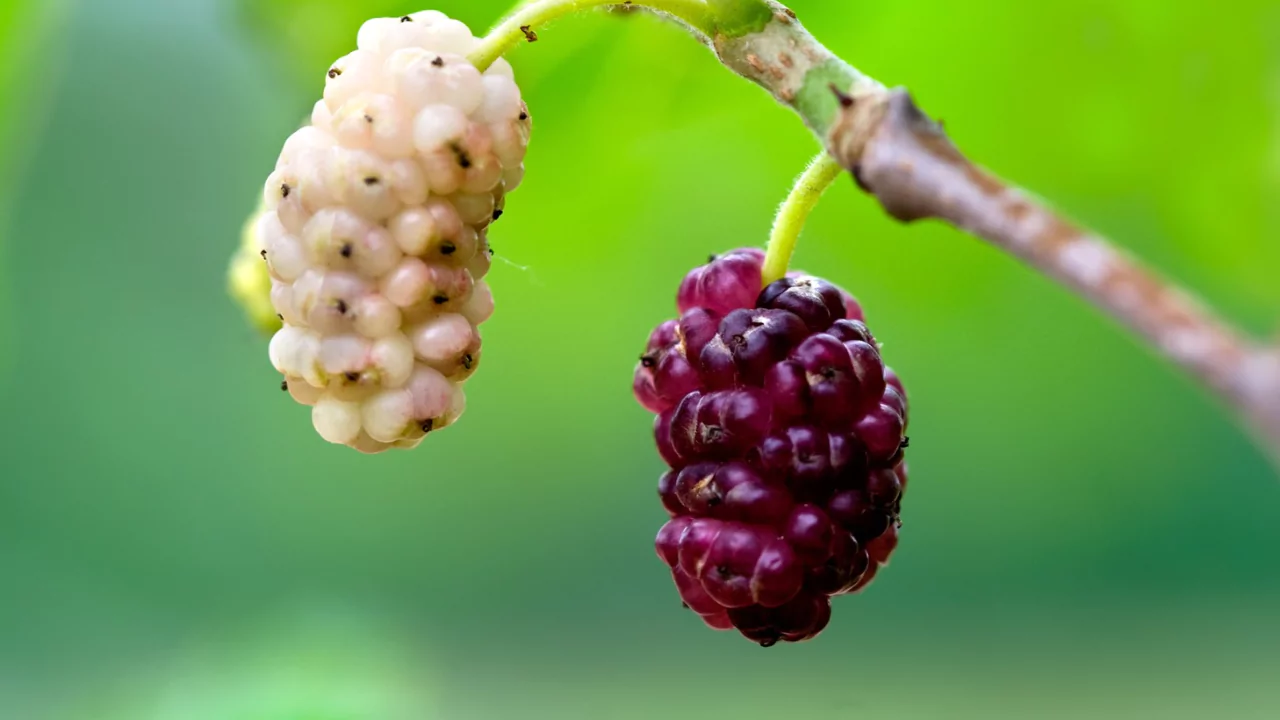
White mulberry trees were introduced to America in the 1800s for the purpose of developing a domestic silk industry. The caterpillars consume the leaves of these trees. It is noteworthy that the fruit is quite insipid and off-putting to humans.
Wineberry
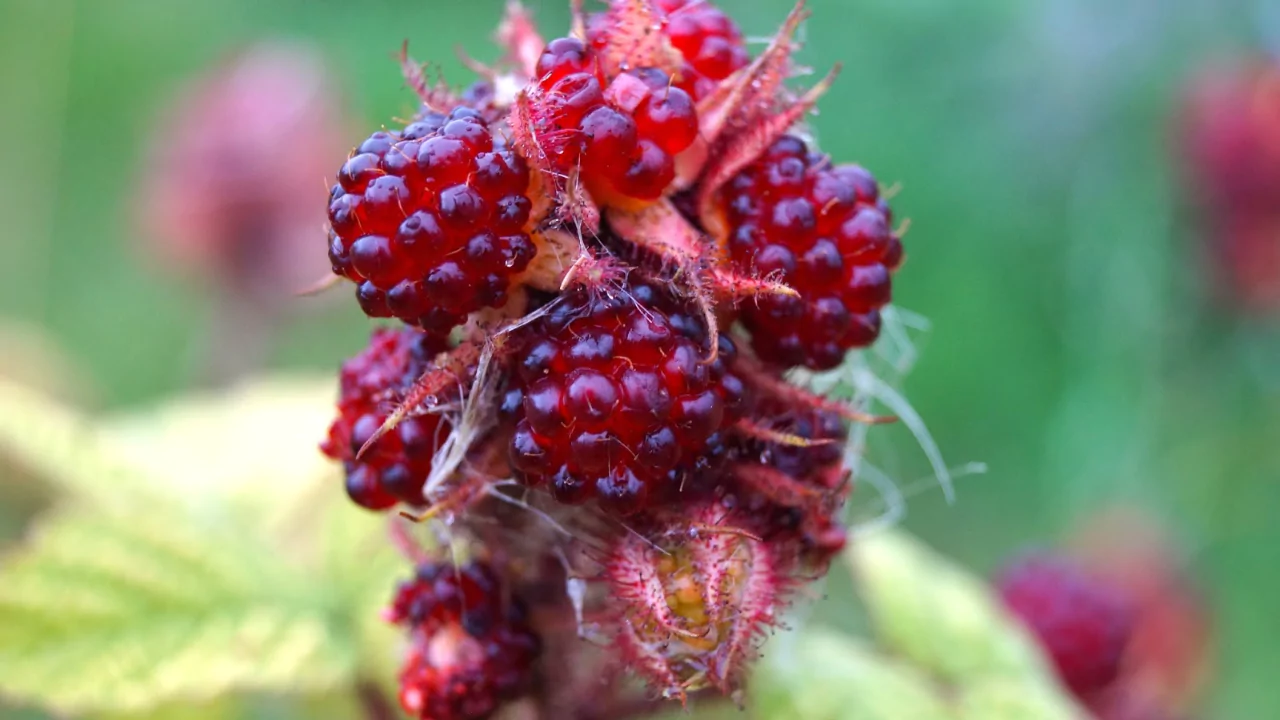
This wild raspberry species is considered invasive and grows throughout New England. The fruits are soft and tart.
Juicy and acidic, the plant’s soft and crisp fruits are often confused with red and black raspberries; however, these berries are fully edible.
Wintergreen
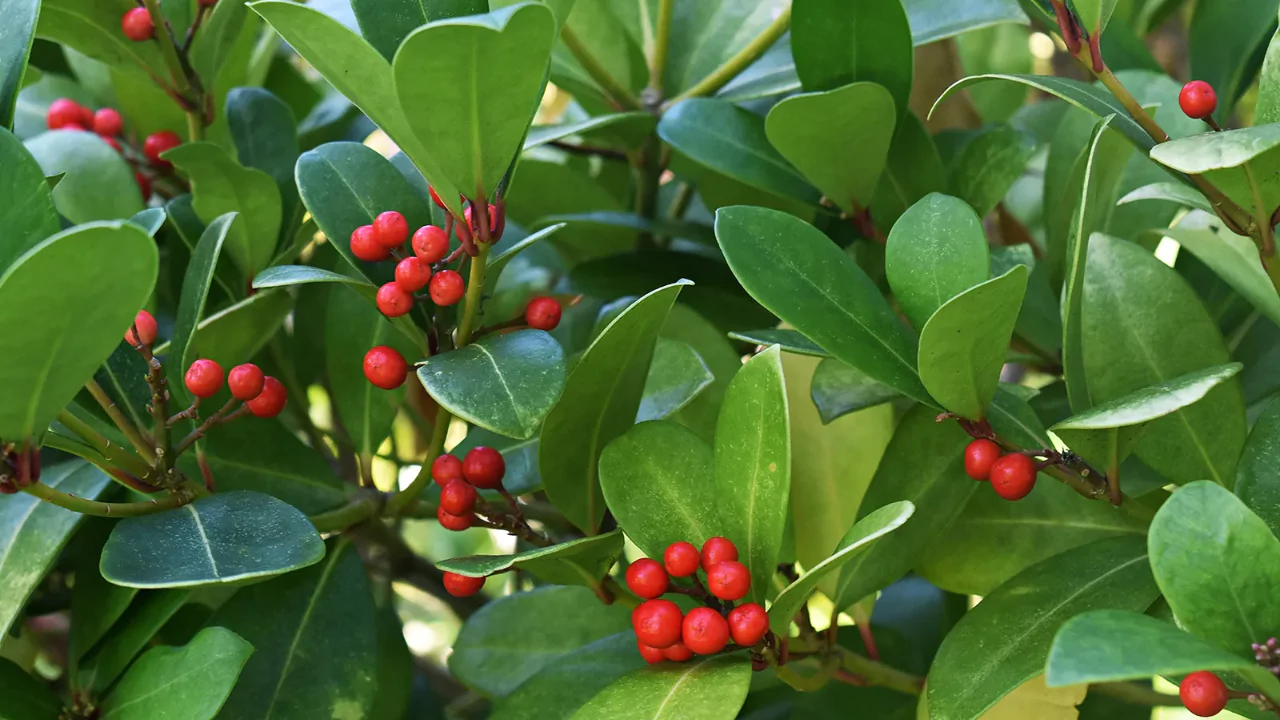
This plant grows on creeping vines throughout Canada and the northern United States. The berries are sharp, but taste much better after they are froze.
Yew berry
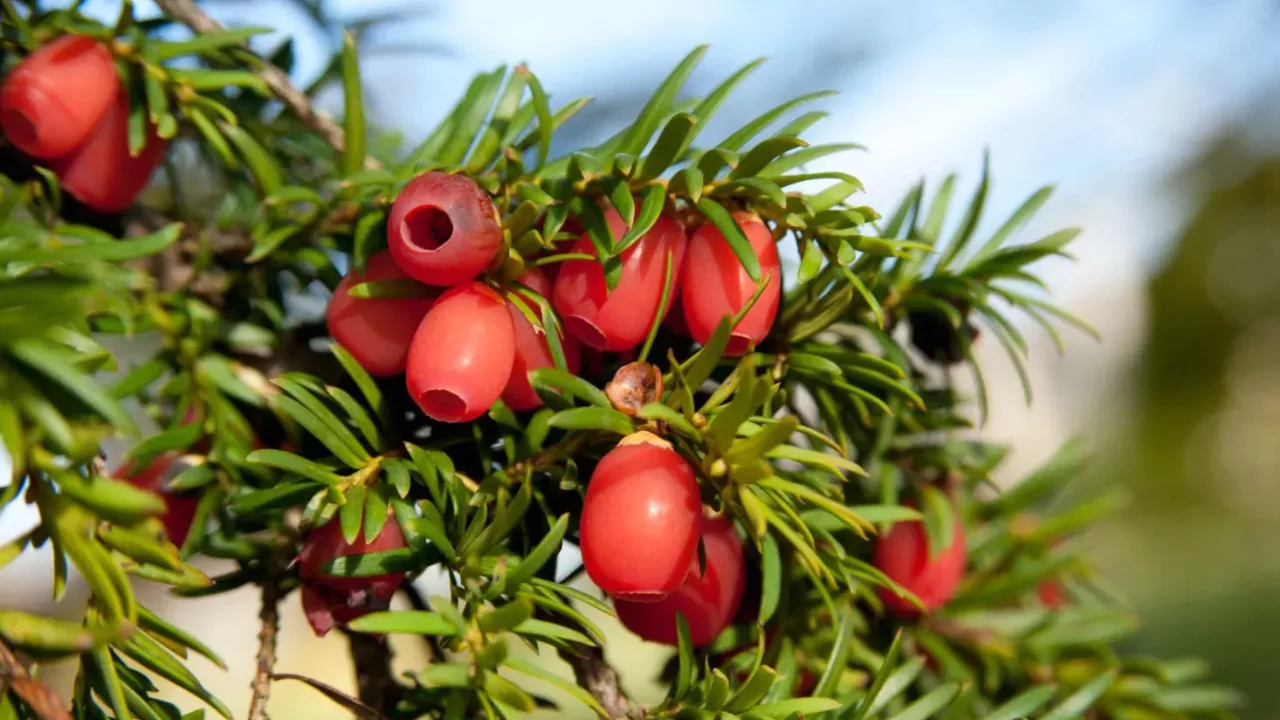
Yew berries are encountered worldwide. Yew berries, which are red in color, grow on evergreen shrubs. The cones are light red and open at the end. They are grown as ornamental plants and prefer communties of cool, mountanious areas.
Youngberry
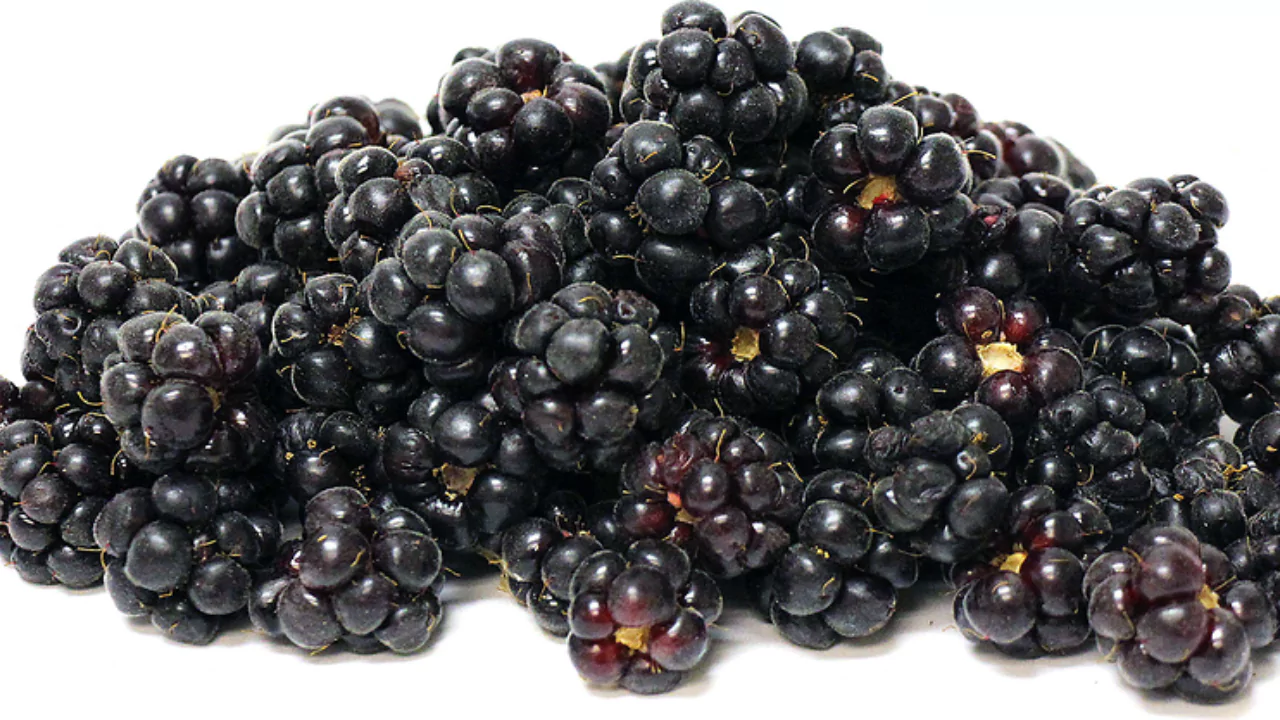
In 1905, Byrnes M. Young introduced this crossbreed of dewberry and blackberry. It is often cultivated in New Zealand, Australia, and South Africa.
How to Grow Berries at Home?
The most fundamental factor for growing all types of berries is to have direct access to sunlight. They all need an abundant supply of sunshine with the exception of raspberries, which can endure partial shade but will be scarce.
People who wish to cultivate a berry patch should prepare themselves for years of preparation in their garden beds.
A healthy and worthwhile berry patch requires fertilization with:
- Compost,
- Manure, or
- Mulch
Berries abhor all sorts of weeds or undesirables. Consequently, they should ideally be fertilized once or twice a year, for the long term health of the berries.
Also be sure to keep your berry patches:
- Away from wild berry varieties (to prevent disease and cross-contamination)
- A safe distance from other plant patches in your garden (so they can grow undisturbed)
And if you are cultivating a variety of berries, don’t forget to prune away any dead canes or runners. Special attention should also be given to strawberries as they tend to spread uncontrollably and put other crops in danger.
Frankie Flowers is known for his insider tips on growing all kinds of berries, including raspberries, blackberries, and even white strawberries.
The range of berries goes far past those that are commercially cultivated or sold in supermarkets. Numerous berries found in nature are edible.
However, make sure that you verify the details of a berry using a guide before trying to eat it. Most berries that look like blackberries and raspberries are considered to be nontoxic along with wild strawberries.
Did we miss any berries? Leave a comment!